Kodaikanal International School Center for Environment and Humanity, in collaboration with National Geographic Explorer Niharika Rajput, embarked on an impactful art and education initiative centred around native birds and their vanishing habitats. This multifaceted project harnessed the synergies of art, education, engineering, and storytelling to raise environmental awareness in the Palani Hills region of South India, with a particular emphasis on 13 bird species predominantly found within the Shola Sky Island ecosystem. Nestled atop the high-altitude mountain peaks of the Western Ghats, the Shola Sky Islands harbour a distinct and biodiverse forest-grassland environment. Extensive research has revealed that these landscapes, encompassing the Western Ghats and Palani Hills, are rapidly undergoing transformations due to human encroachments, the proliferation of invasive species, and the ever-present spectre of climate change. With grasslands diminishing and woodlands on the rise, the natural habitats are in flux, putting endemic populations at risk and contributing to heightened disease prevalence among birds and other wildlife in human-affected areas.
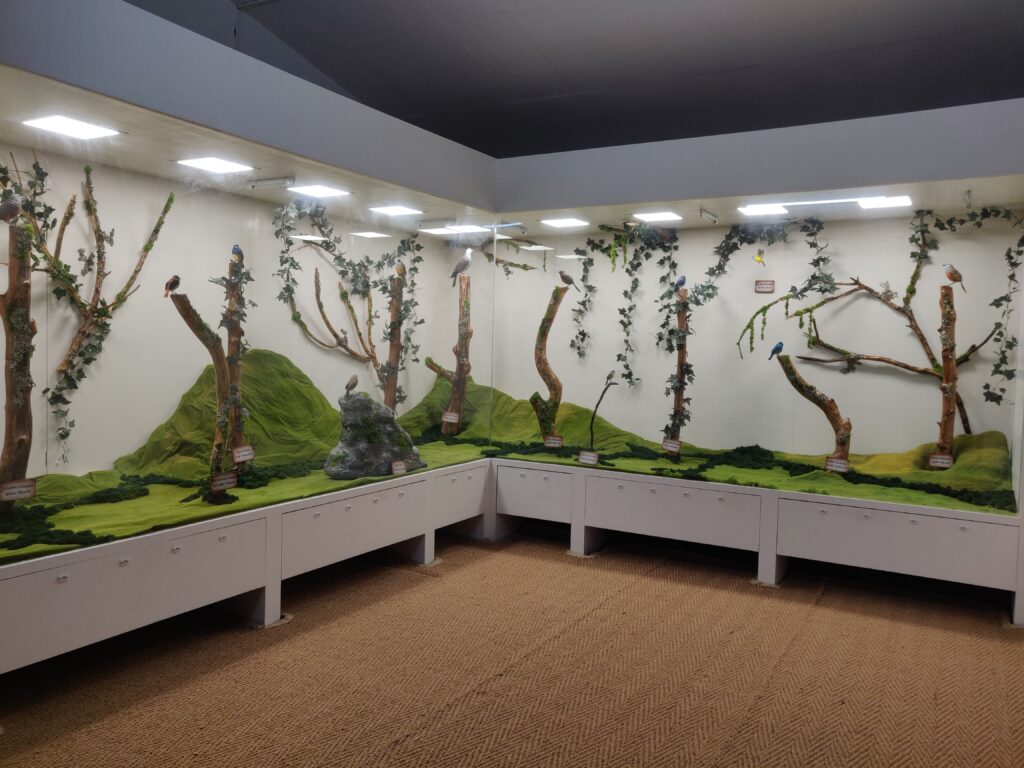
The Birds of the Shola Sky Island
In response, this visionary project was conceived to bring ecological and environmental awareness to the forefront of public consciousness. It achieved this through an immersive exhibition featuring bird sculptures and songs, coupled with a captivating animation video titled “Endangered,” which eloquently narrates the evolving landscapes of the Palani Hills. Beyond these creative endeavours, the project extended its reach to include wildlife art workshops tailored for schoolchildren in Kodaikanal. By integrating themes of biodiversity and conservation into real-world scenarios, this initiative aimed to bridge gaps in mainstream education. Students were offered an enriching interdisciplinary workshop experience encompassing art, science, and hands-on conservation fieldwork. Ultimately, the project’s overarching mission was to employ art and experiential learning, with a special focus on avian life, as a catalyst to inspire both the younger generation and adults alike to take proactive measures in safeguarding and preserving our invaluable ecosystems.
Artist
Niharika Rajput
Niharika Rajput is a Wildlife artist, Creative Conservationist, Visual Science Communicator and National Geographic Explorer. Her work aims to use education, art & storytelling to increase environmental awareness. Rajput is a self-taught artist & educator who has learned to conduct her work through tangible, on-the-field experiences & by working closely with Ornithologists, Evolutionary biologists and wildlife organisations. In the age of the Anthropocene Rajput’s work hopes to foster an environment where communities can come together, be inspired and collectively come up with solutions to conserve wildlife. Niharika’s work has been featured in many magazines and on other platforms such as Elle Decor, The Epoch Times, Ideal Home and Garden, Aesthetica magazine, Hindustan Times, The Hindu, PuneMirror, Etsy India, Mashable India, Little Black Book, My Modern Met, Thisiscollosal.com, Atlasobscura.com, Rootsandleisure.com, natureinfocus.com, shoutoutdfw.com among others.
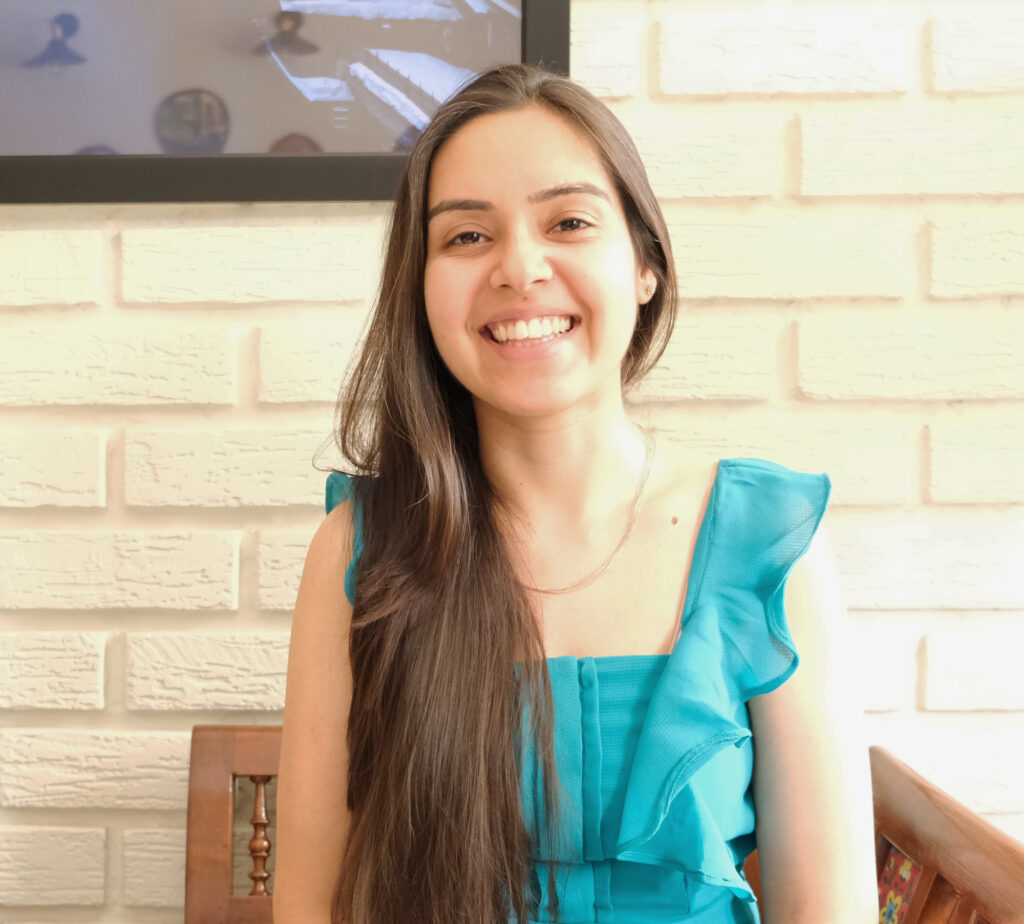
Tsetan Angmo
Tsetan Angmo is the creator of the animation video “Endangered”. Tsetan is a visual artist from Ladakh, currently pursuing a Master’s in Animation Film Design at the National Institute of Design. She has a strong passion for storytelling through illustration and sketches and finds inspiration from her natural surroundings. She is never seen without a sketchbook in hand. Her first animated film “No Eechu“ adapted from a local folk tale of Ladakh was screened during the first Bird Festival of Ladakh in 2018. In 2021, her film, “Gyurja” (Change) was screened during The Himalayan Film Festival. She believes that films have a profound and long-lasting impact on society, and hopes to make her mark on communities around India through her work.

Arnab Kumar Das
In the Shola Sky Islands Exhibit, an intriguing addition was made with the installation of motion sensors that replicated the melodious calls of birds. Spearheading this innovative feat was Arnab, a proficient Electronics Engineer hailing from India, whose lifelong fascination with crafting inventive gadgets had been evident since his early years. His unwavering passion for all things electronic fueled his pursuit of knowledge in this field, culminating in a remarkable journey of expertise. Arnab’s commitment to sharing his wealth of knowledge and experiences was truly commendable, as evidenced by his active involvement in various technology festivals and his dedicated contributions to projects like the motion sensors integrated into the Shola Sky Island Birds exhibit. With a profound aspiration to effect positive change in the world, Arnab dedicated himself to ingeniously incorporating electronics and electro-mechanical processes into projects with significant social and environmental impacts.

The Project
This project comprised three distinct components: bird sculptures showcased in an exhibition, a motion interactive exhibit, and an animated movie. Notably, the exhibition featured a remarkable collection of 13 meticulously handcrafted bird sculptures, a creation of Niharika, which now stood as a permanent fixture. These avian sculptures were inspired by the diverse species inhabiting the tropical montane forests and grasslands of the Western Ghats in India, many of which faced the dire consequences of human activities and were on the brink of endangerment. The project’s overarching objective was to foster awareness and appreciation of these exquisite birds within the local community while simultaneously advocating for the preservation of their natural habitats.
The permanent exhibition found its home at the KIS Center for Environment and Humanity, situated on Upper Shola Road in Kodaikanal, Tamil Nadu, with the noble intention of contributing to the conservation efforts for these avian treasures. Below are the photos of 12 birds from the exhibit.
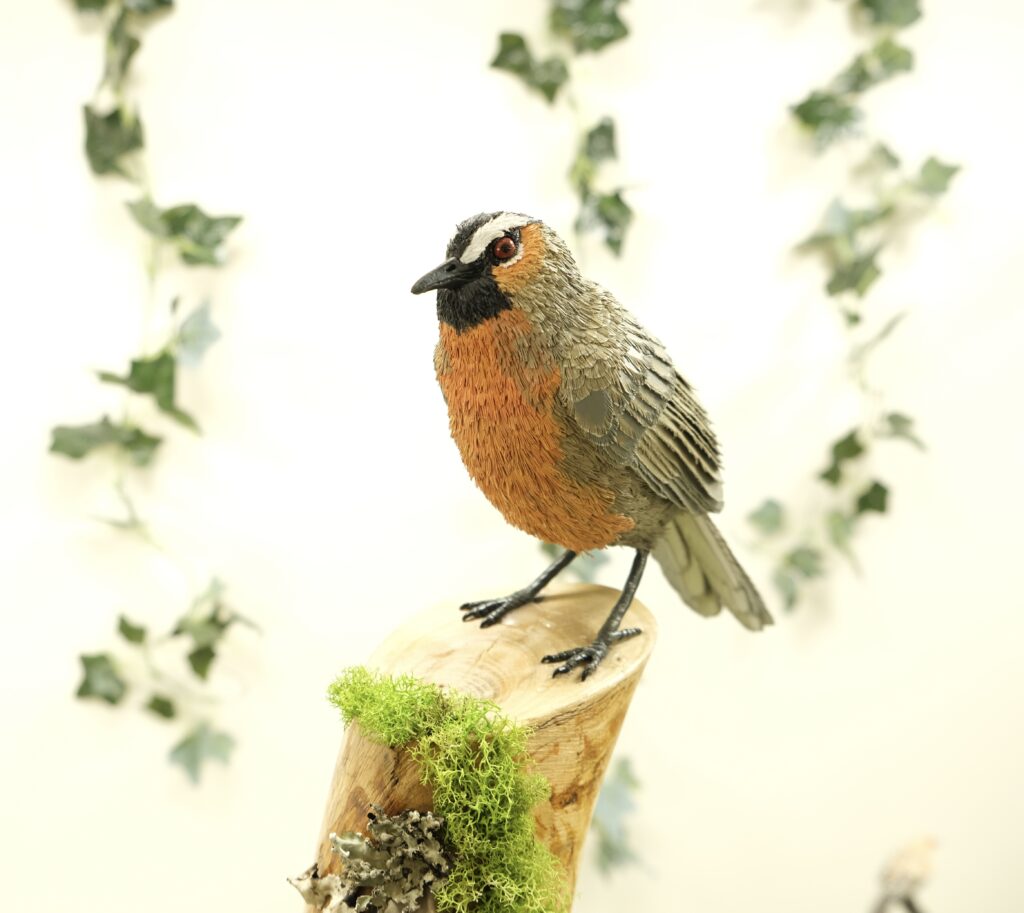
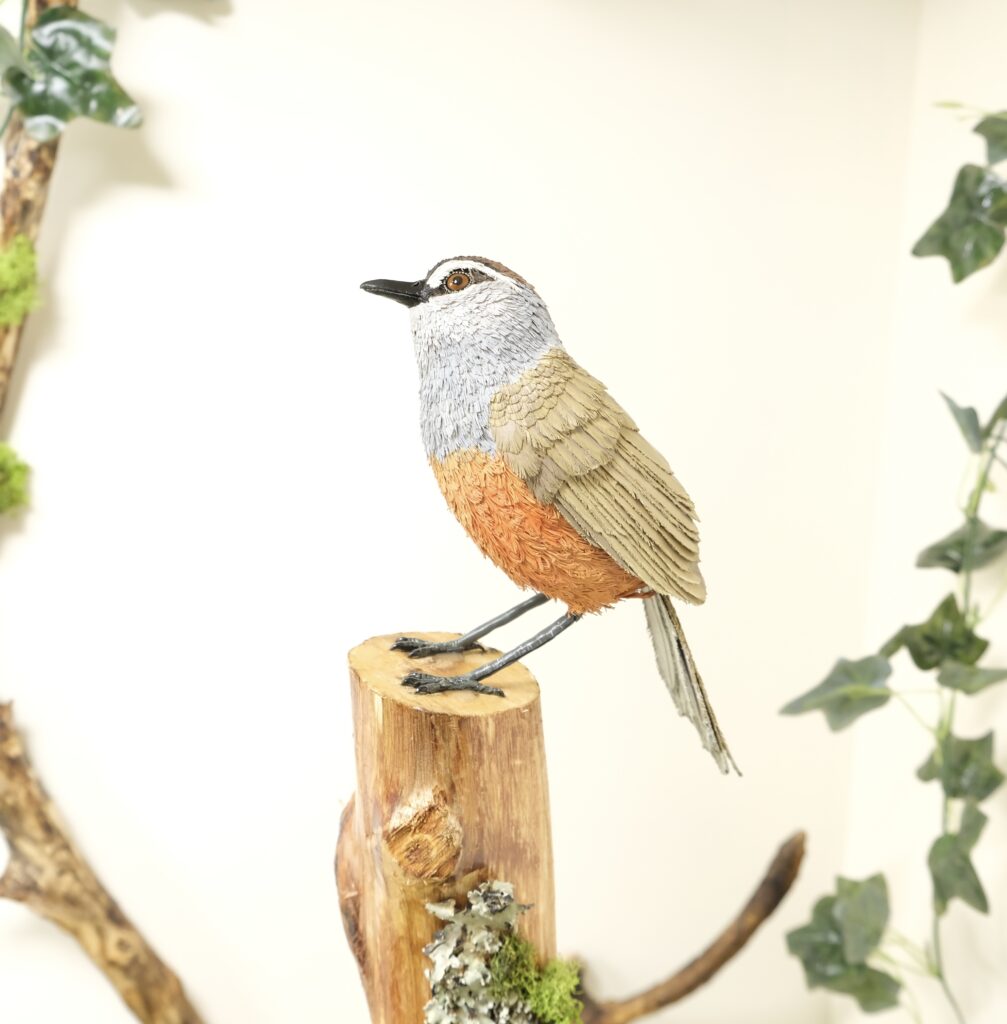
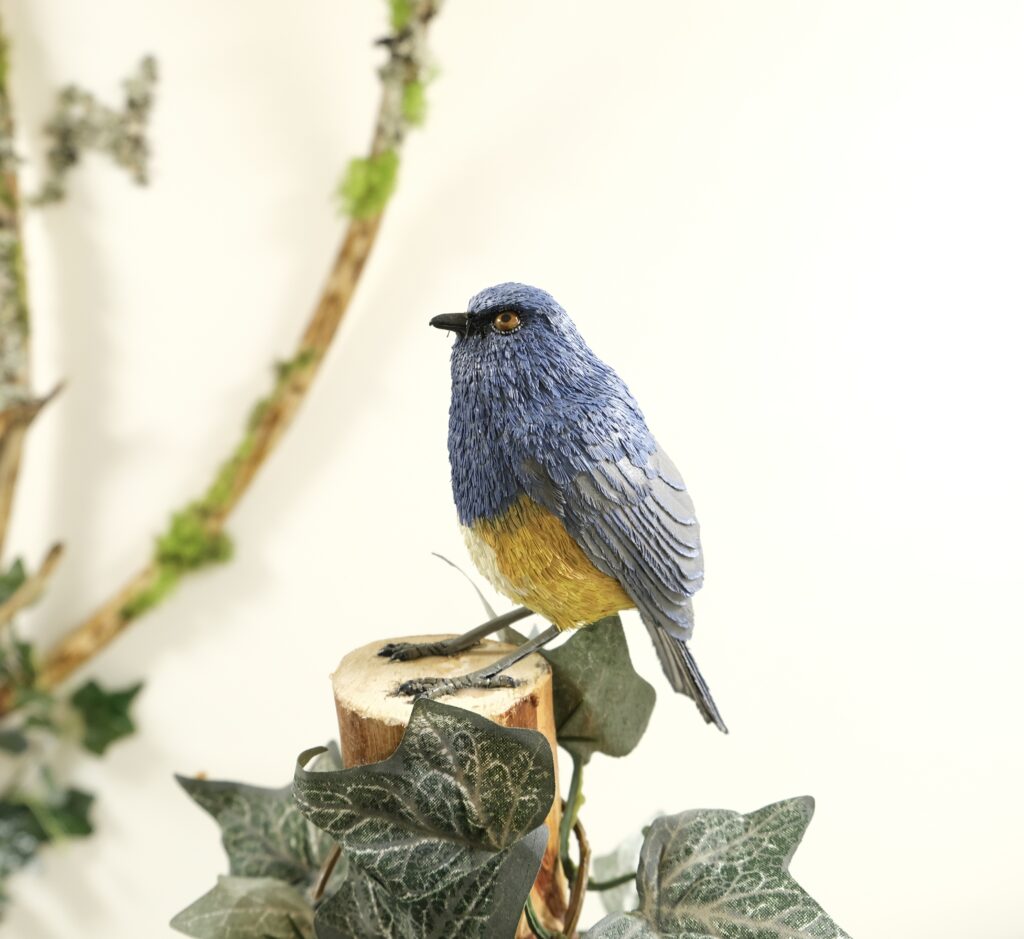
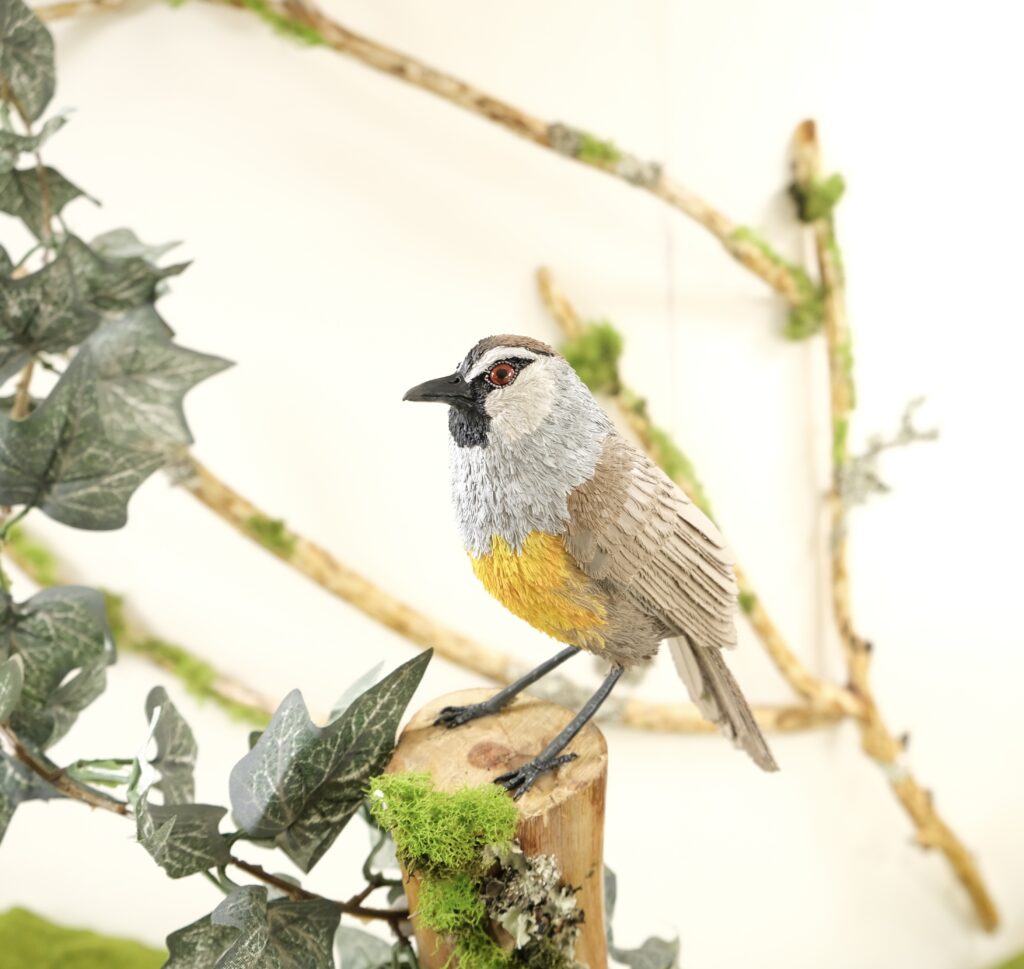
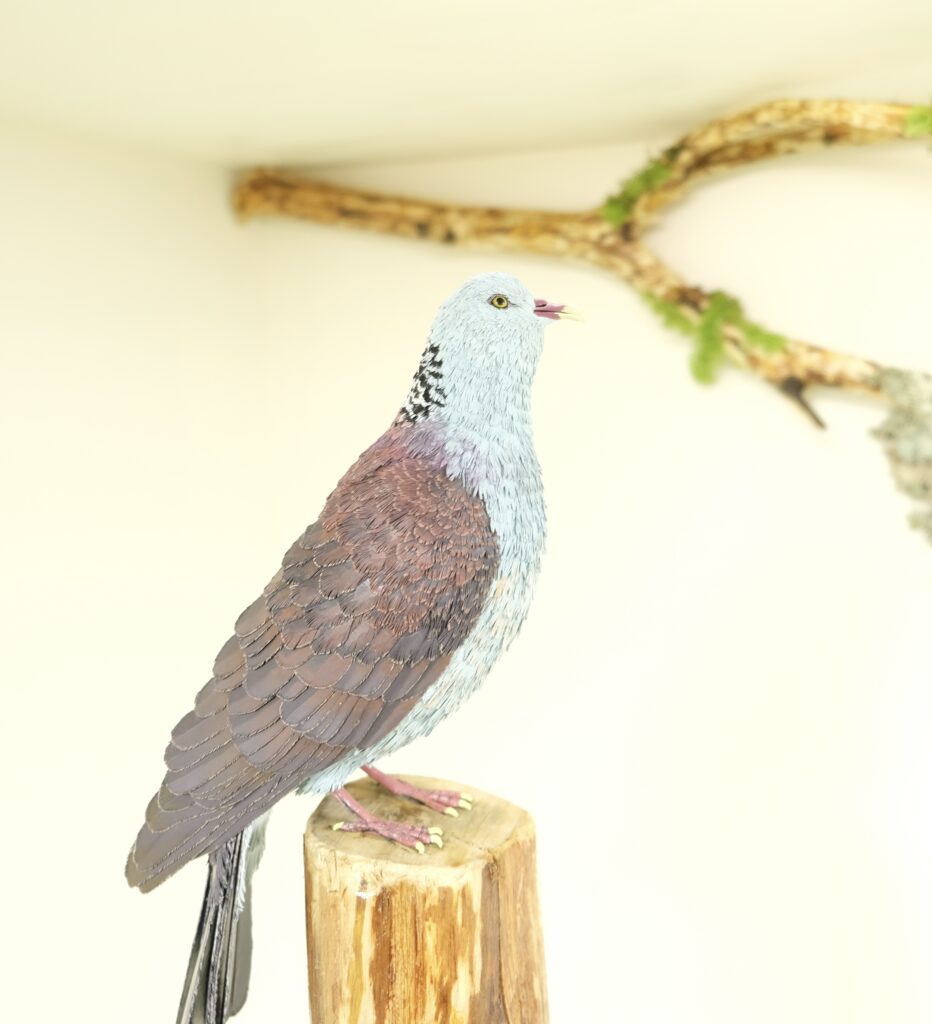
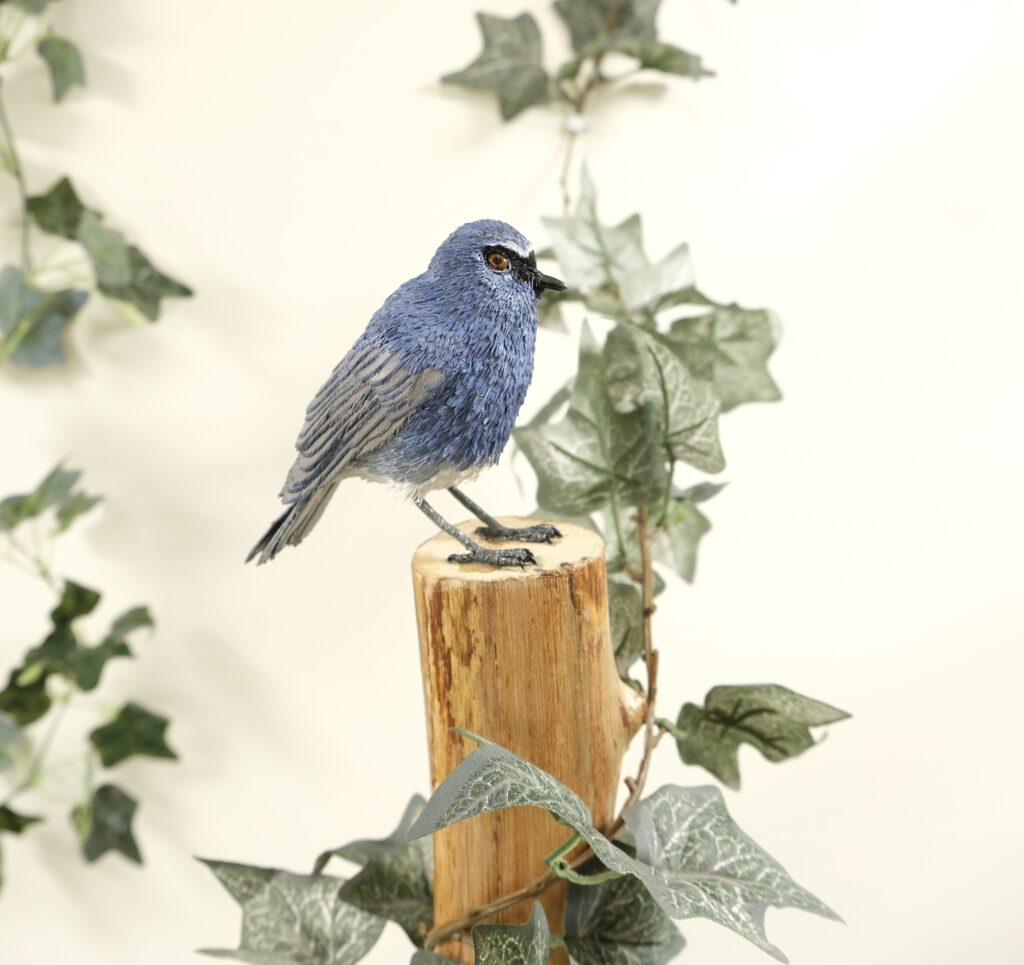
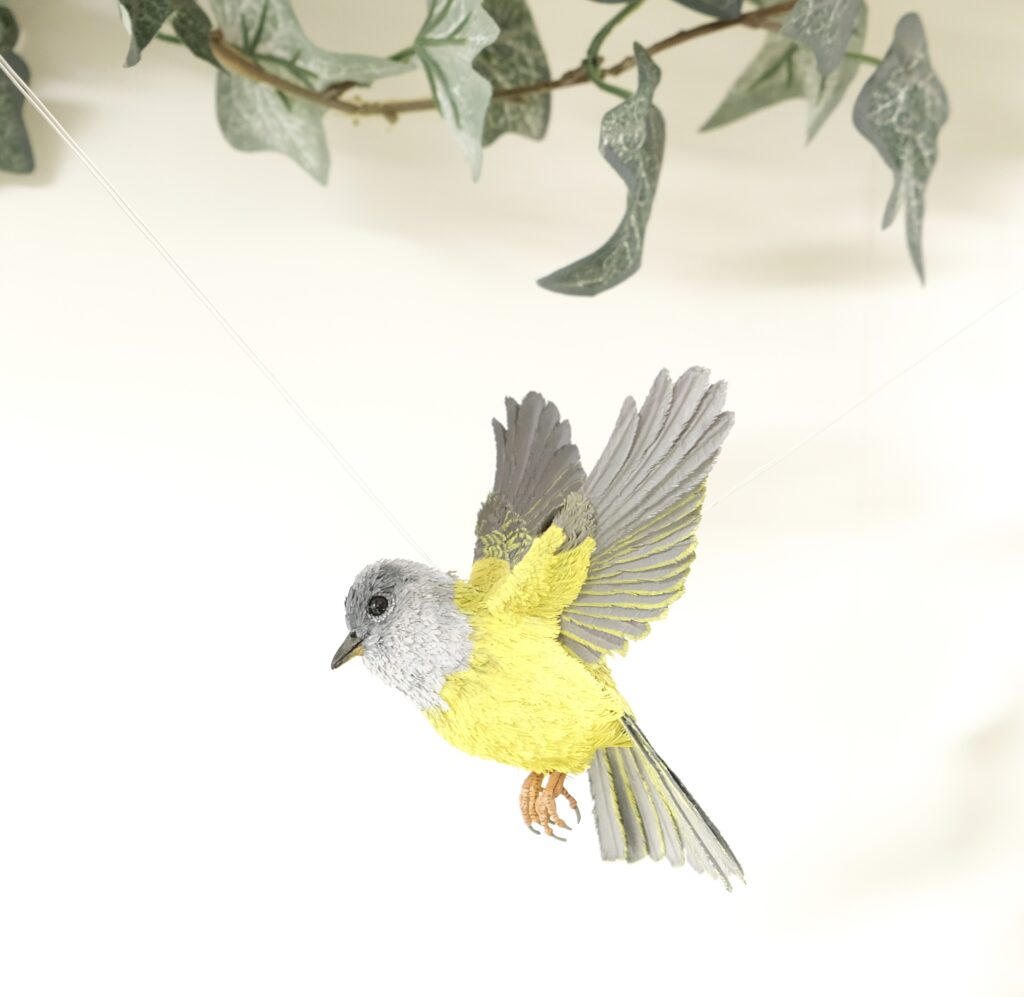
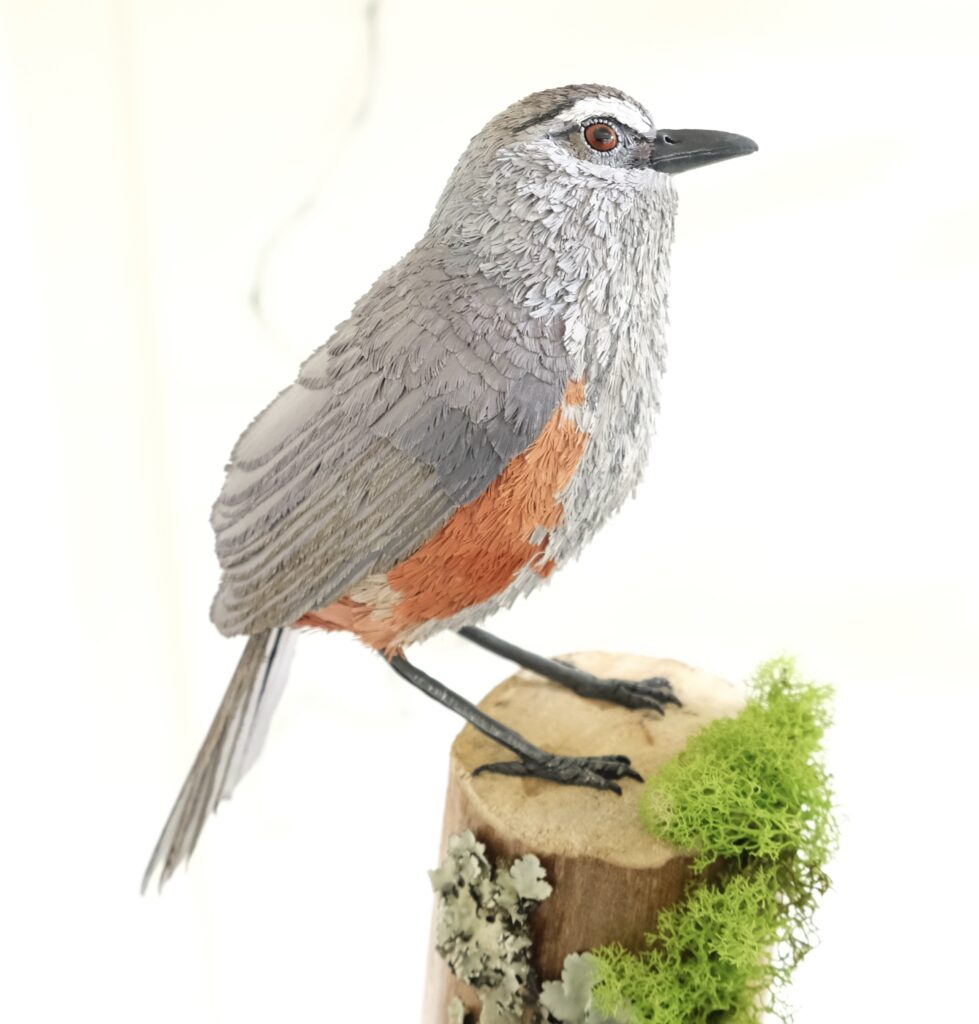
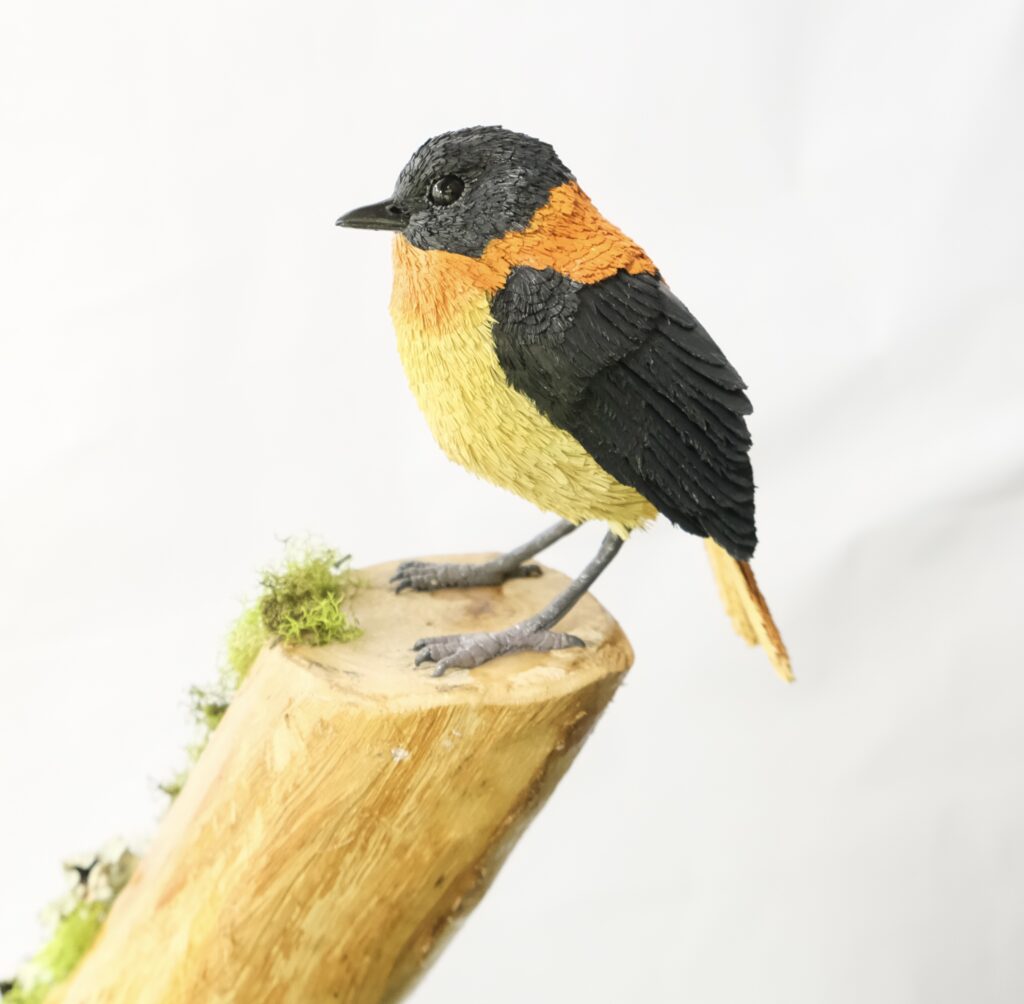
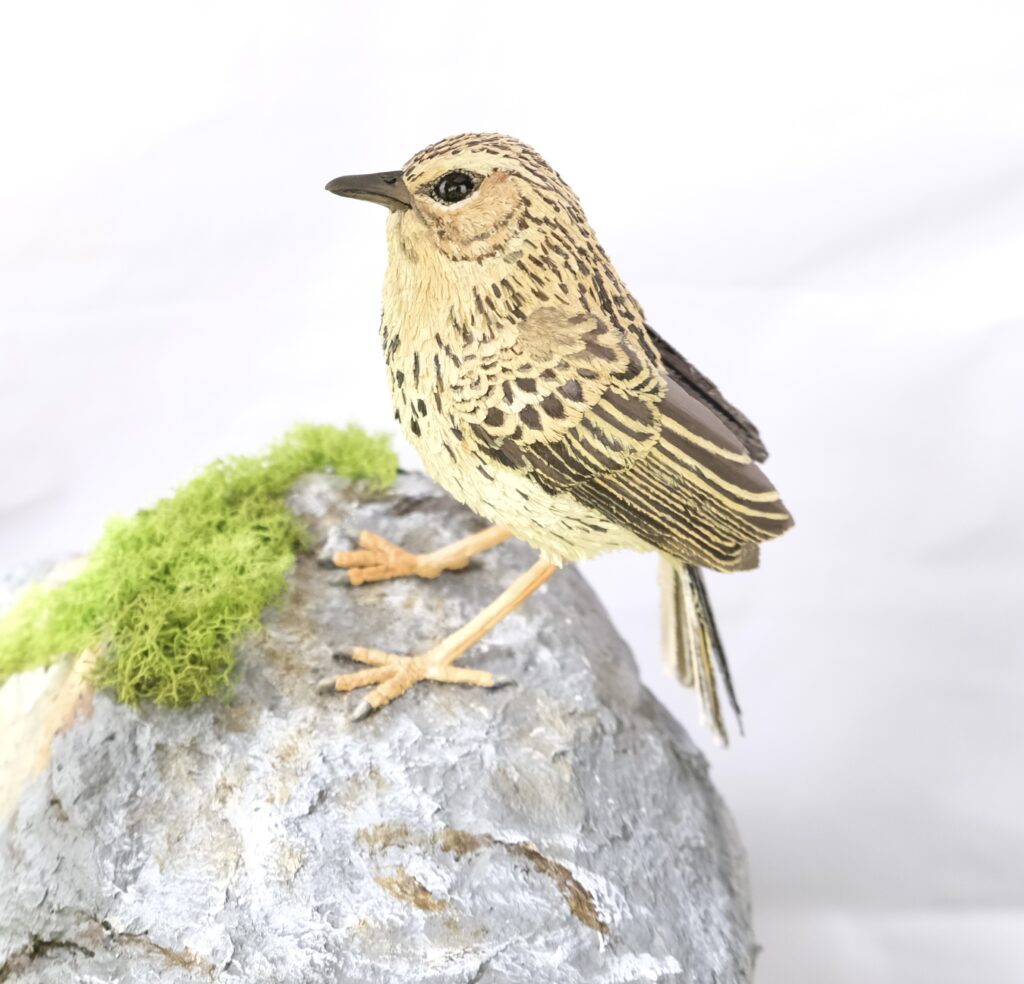
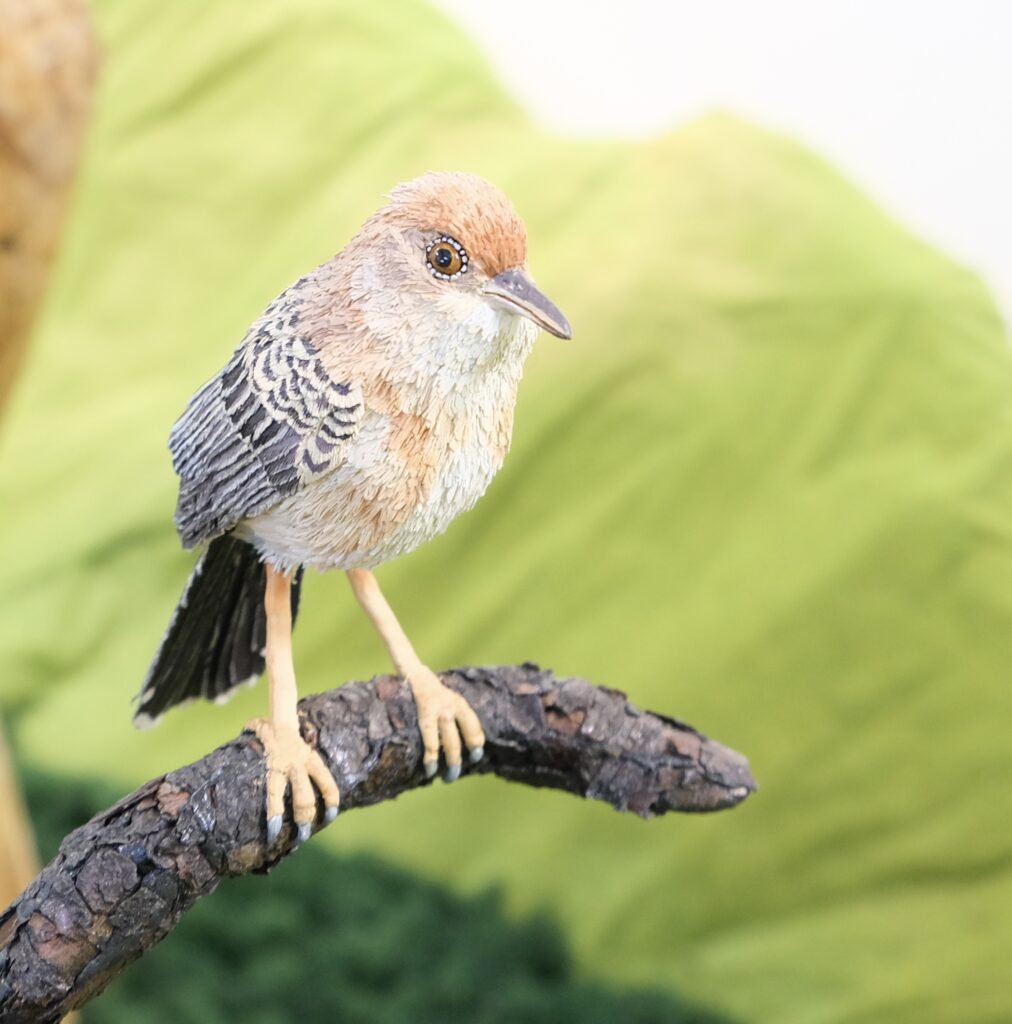
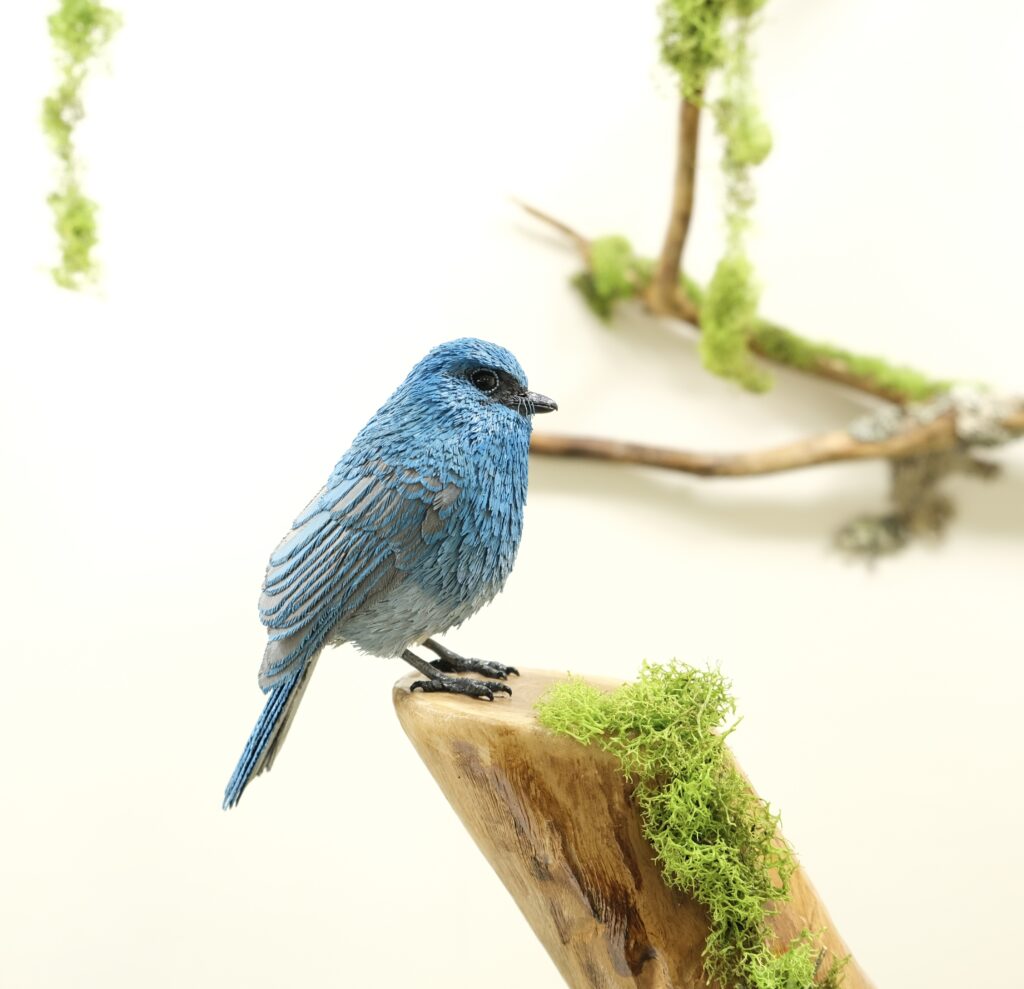
Phases of the Project
Phase 1: Planning
The team convened for a comprehensive meeting focused on the implementation of the display cabinet for the permanent exhibition. During the gathering, they engaged in various discussions aimed at ensuring the project’s success. Firstly, we consulted with experts specializing in bird research to gather valuable insights. Additionally, the team explored the possibility of collecting authentic bird sounds from the forest through discussions with a dedicated researcher. Furthermore, they deliberated on the selection of an appropriate room for the exhibition, taking into consideration factors such as space and accessibility. Financial aspects were not overlooked as they also devoted time to discussing the project’s budget. Lastly, in their pursuit of excellence, the team reached out to a construction contractor to bring their envisioned display cabinet to life, providing them with the necessary design specifications. This multifaceted approach demonstrated the team’s commitment to ensuring a successful and captivating permanent exhibition.
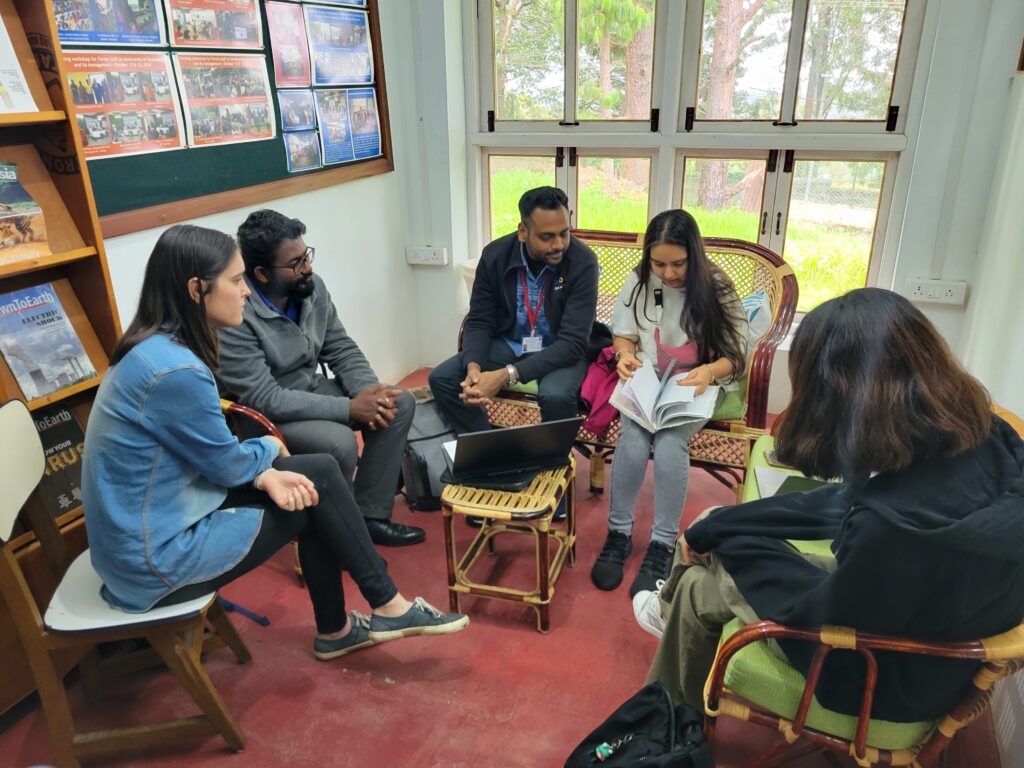
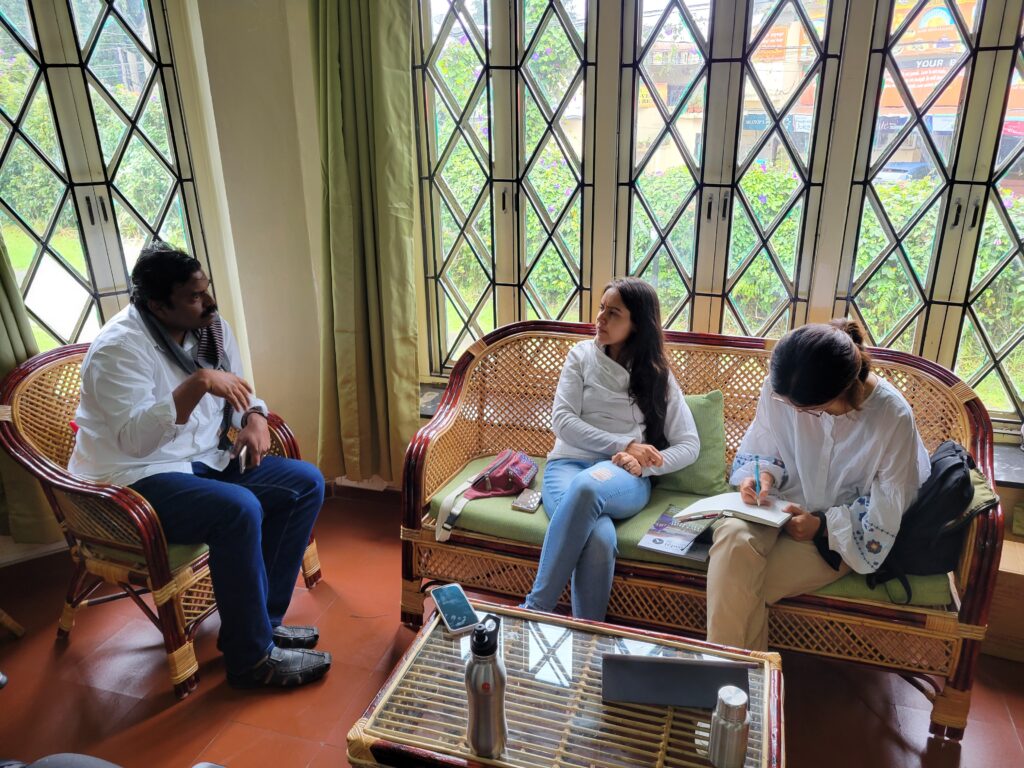
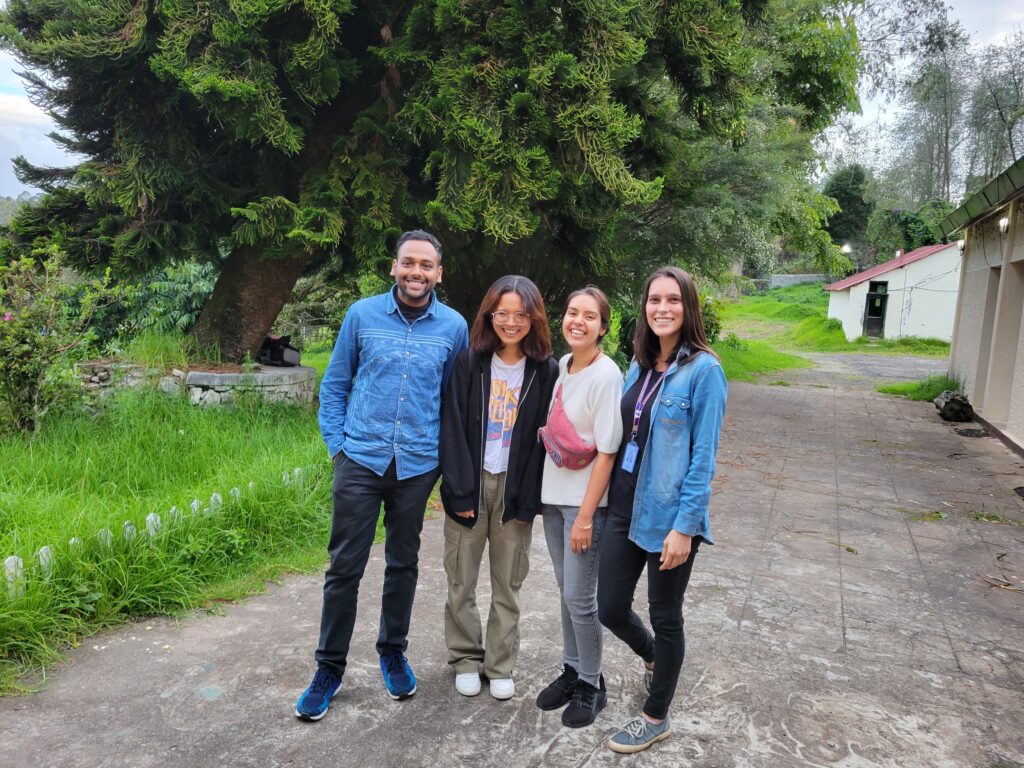
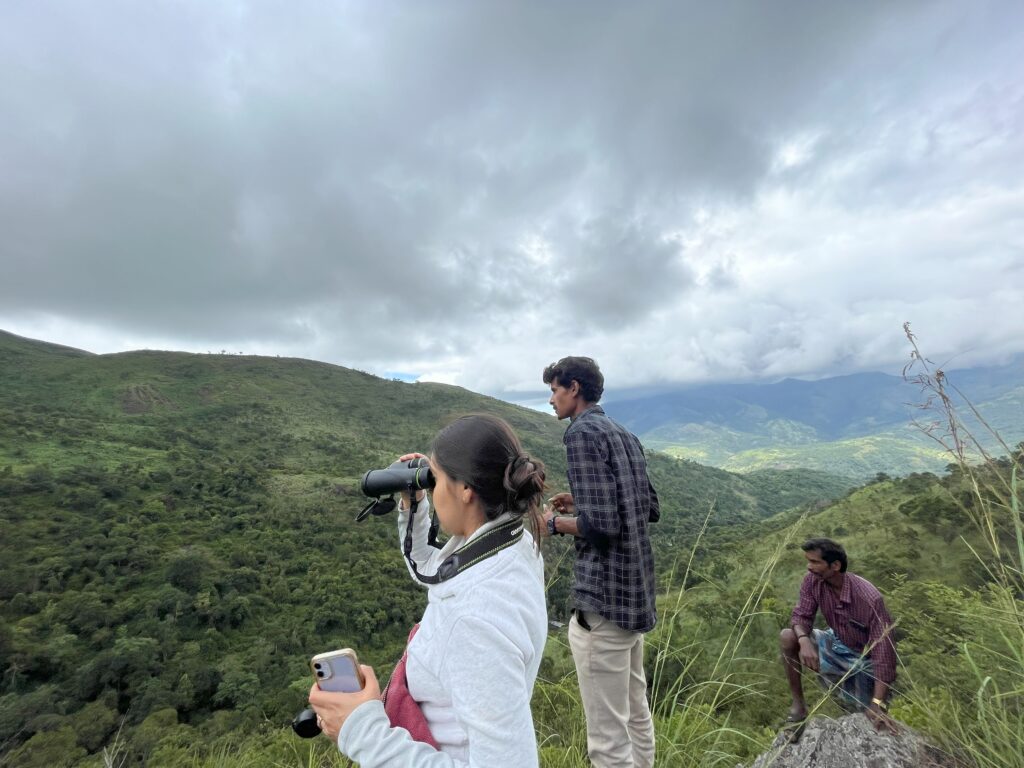
Phase 2: Design
The meticulous planning and execution of the exhibition’s setup began with the measurement and mapping of the selected room. Once the room’s dimensions were accurately recorded, a digital layout of the plan was prepared to optimize the exhibition space.
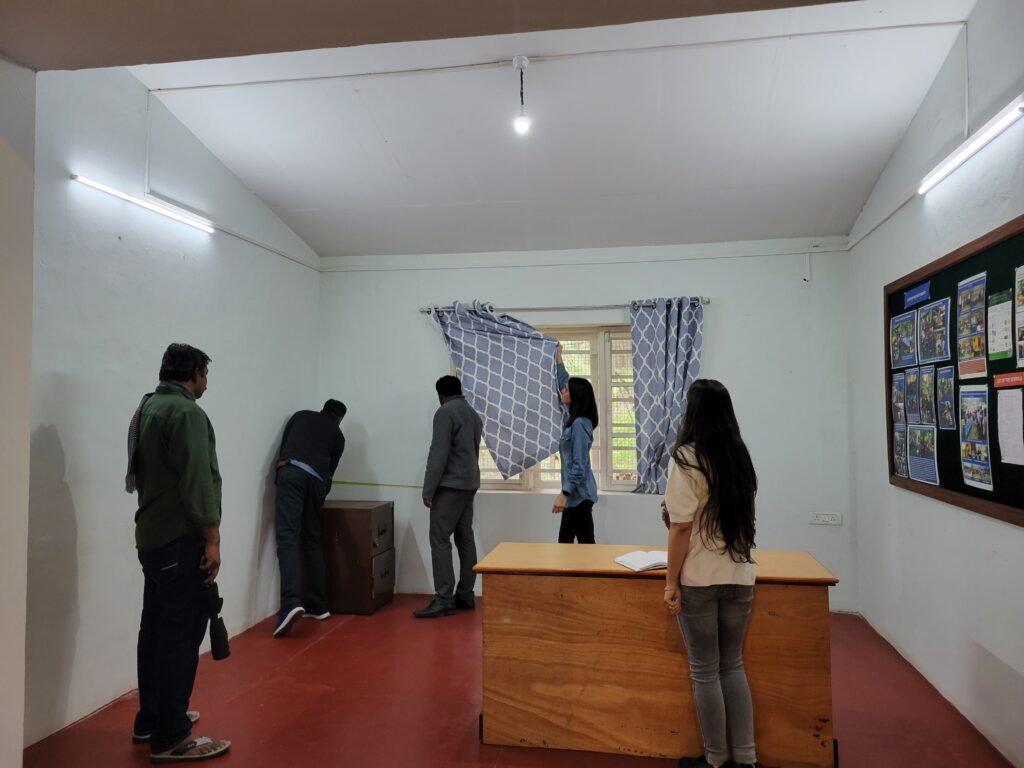
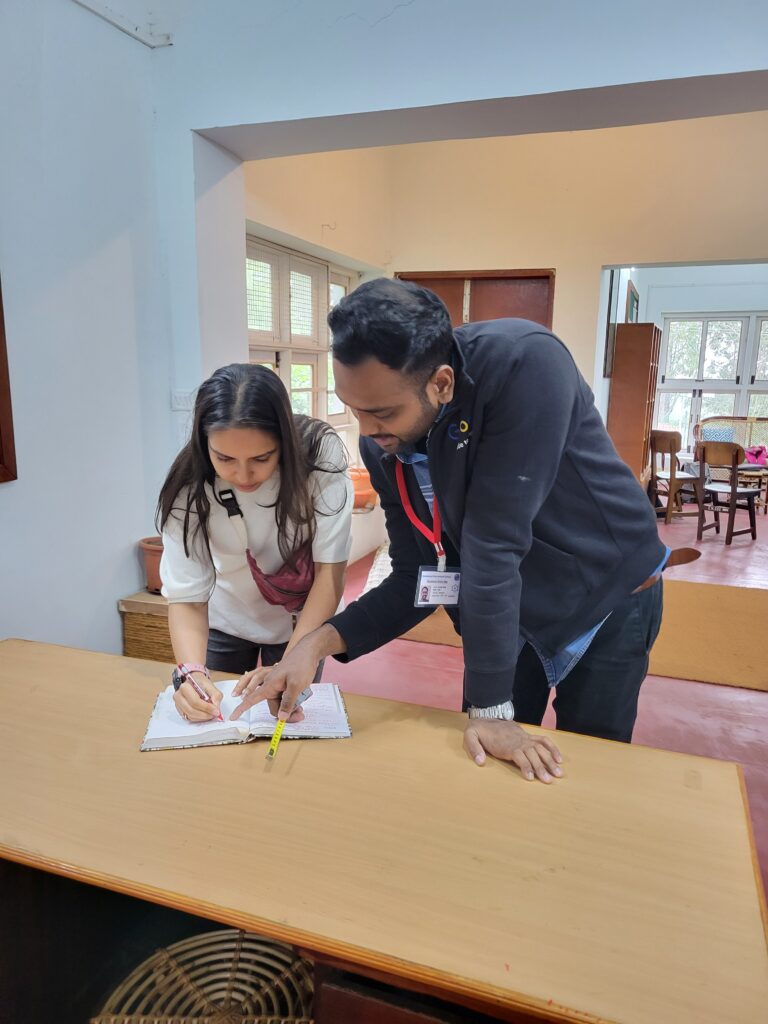
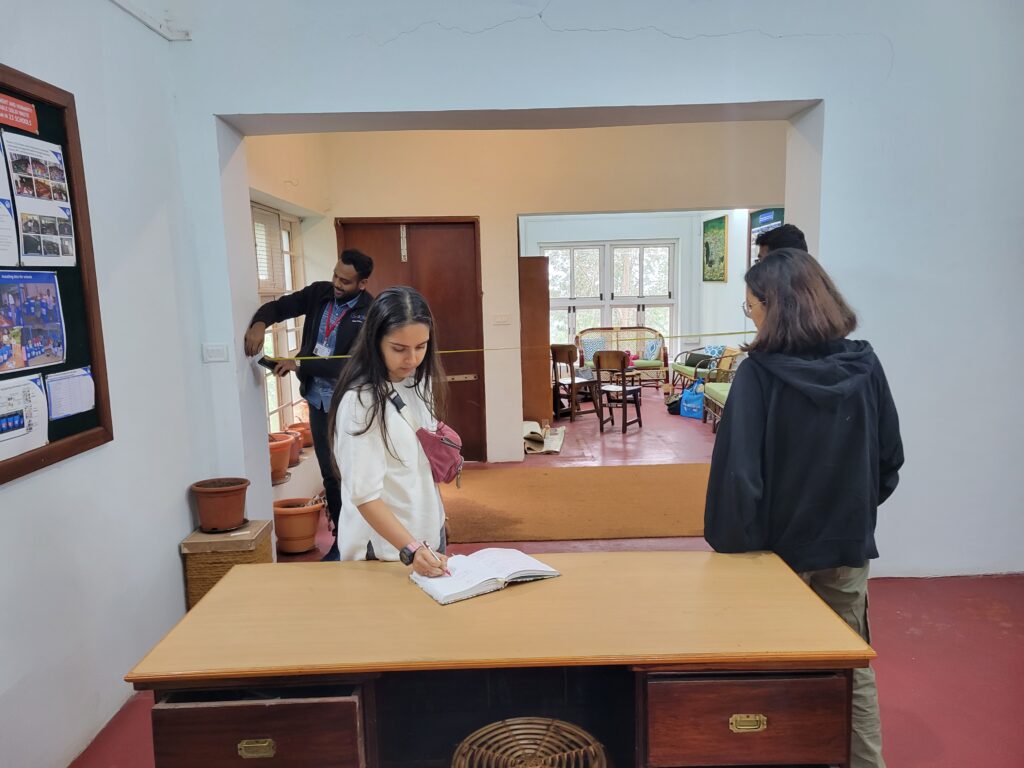
Simultaneously, the design process for the exhibition cabinet was carried out digitally, with Arnab Kumar Das taking the reins of this creative endeavour. Arnab’s designs were a crucial element in the project and served as the blueprint for the construction phase. These detailed designs were subsequently passed on to the capable hands of the construction contractor, who undertook the task of bringing the envisioned cabinet to life.
The construction contractor not only worked on crafting the cabinets but also skillfully repaired and prepared the room to ensure that it provided an ideal backdrop for the exhibition’s grand showcase. This harmonious collaboration between planning and skilled execution resulted in the realization of a captivating exhibition space.
Phase 3: Prototyping
The exhibition showcases a stunning collection of 13 meticulously crafted paper birds, each a testament to the skilful artistry behind their creation. While these avian representations maintain a static and lifeless appearance, Arnab introduced an ingenious touch to infuse vitality and interactivity into the display. He incorporated motion sensor-triggered sound systems that authentically replicate the natural calls of these birds, creating a truly immersive experience for visitors. These motion sensors come to life when a visitor stands in front of them, playing the corresponding bird calls, adding a dynamic layer to the exhibit. The interactivity is further enriched by the fact that the sound playback ceases when no motion or person is detected in front of each bird, ensuring that each visitor enjoys a unique and engaging auditory encounter with the diverse sounds of these 13 avian wonders.
To bring their innovative idea to life and showcase its feasibility to the rest of the team, a prototype of the sound system and motion-triggering mechanism was made. This prototype incorporated a combination of sensors, microcontrollers, and various electronic components, effectively illustrating the concept’s functionality. This tangible demonstration served the dual purpose of not only validating the idea but also providing a clear visual representation for the other team members, enhancing their understanding of the innovative system.
Phase 4: Execution
Niharika’s remarkable talent and dedication were showcased as she painstakingly handcrafted all 13 birds from paper. These avian creations, fashioned to life-size precision, exuded a stunning resemblance to their living counterparts, a testament to Niharika’s meticulous attention to detail. Each bird boasted crafted paper features, with paper forming the body and reinforced with steel wire for structural integrity. Not only did these paper birds possess intricate features, but their colouration also faithfully mirrored that of their real-life counterparts, rendering them remarkably lifelike and authentic in appearance.
Arnab played a pivotal role in the project by overseeing the intricate electronics and motion sensor aspects. His expertise led to the creation of a total of 13 sensor systems, with each one tailored to a specific bird in the exhibit. These sensor systems were ingeniously designed, incorporating multiple laser infrared sensors, an ESP8266 microcontroller, a sound amplifier, an MP3 audio module, power supply components, and speakers.
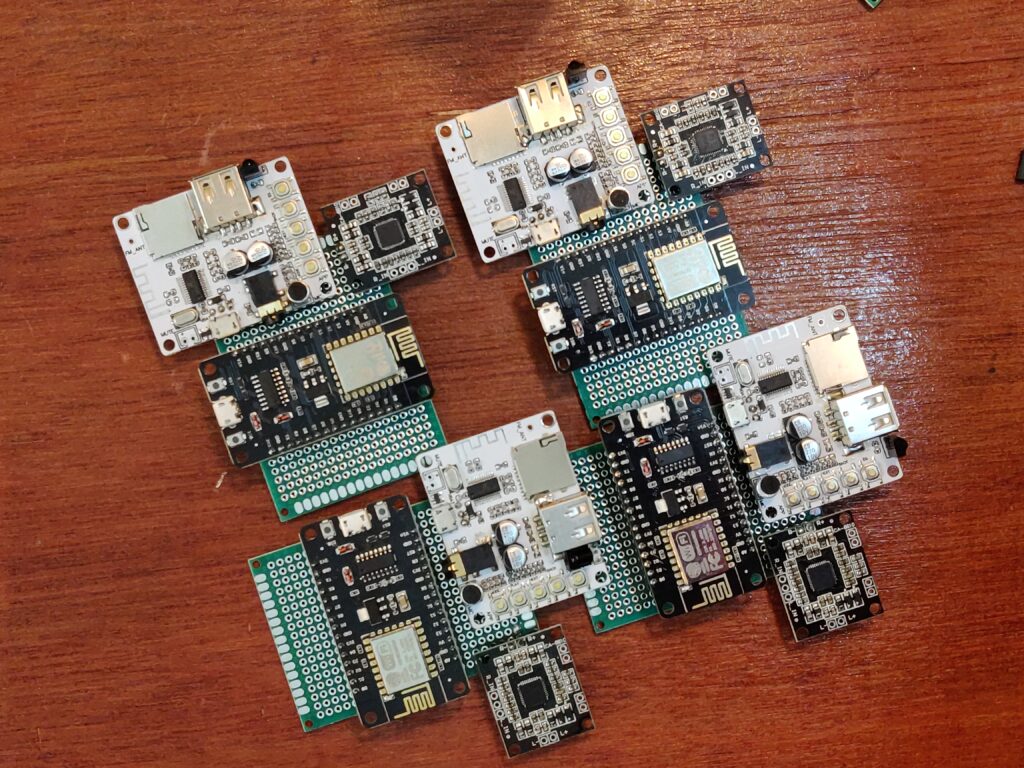
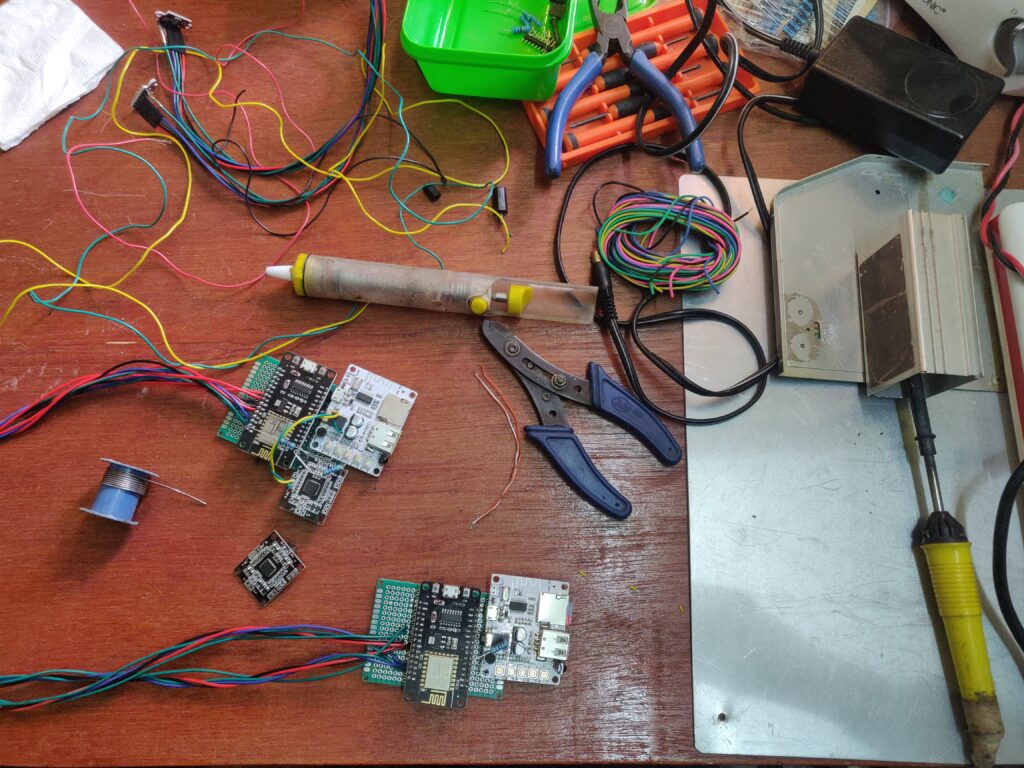
Notably, Arnab’s dedication extended to meticulously handcrafting and assembling each electronic sensor module inside the bird display cabinet, ensuring seamless integration and functionality. His technical prowess and attention to detail were instrumental in bringing the project’s interactive elements to life, enriching the visitor experience with lifelike bird sounds triggered by motion.
The construction contractor played a pivotal role in realizing the exhibition cabinet’s vision. Employing plywood as the primary material, they expertly crafted the cabinet, painting it in the chosen colour to meet the project’s aesthetic requirements. A crucial aspect of the cabinet’s assembly was the installation of glass, which was strategically placed as the final step in the construction process.

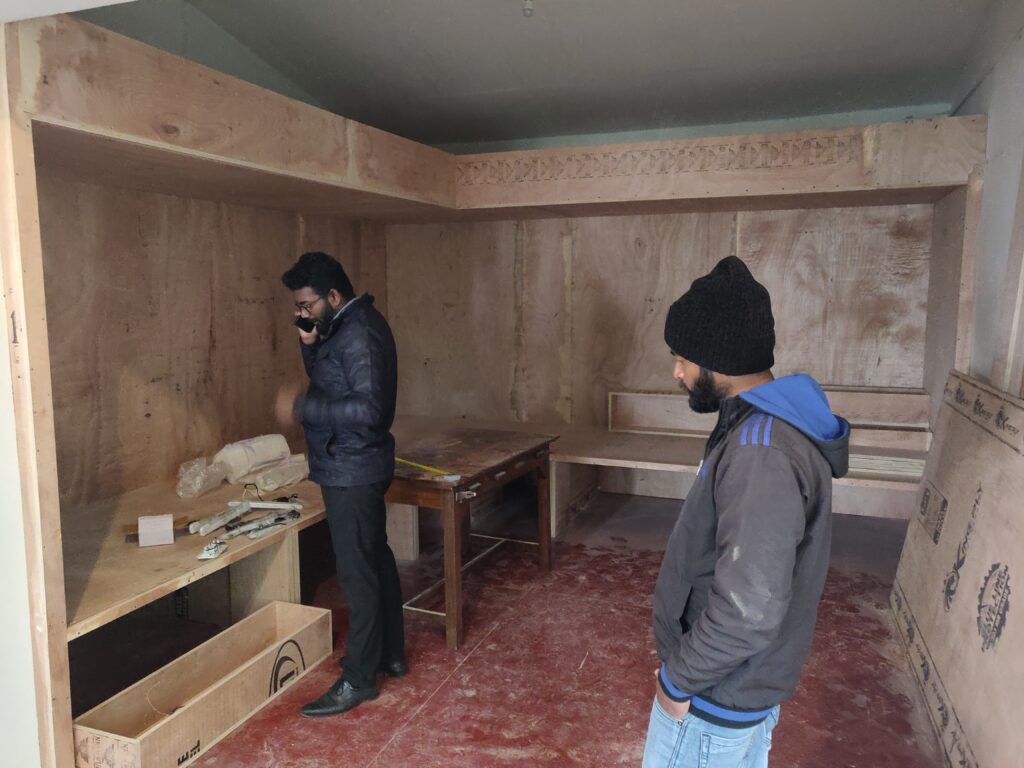
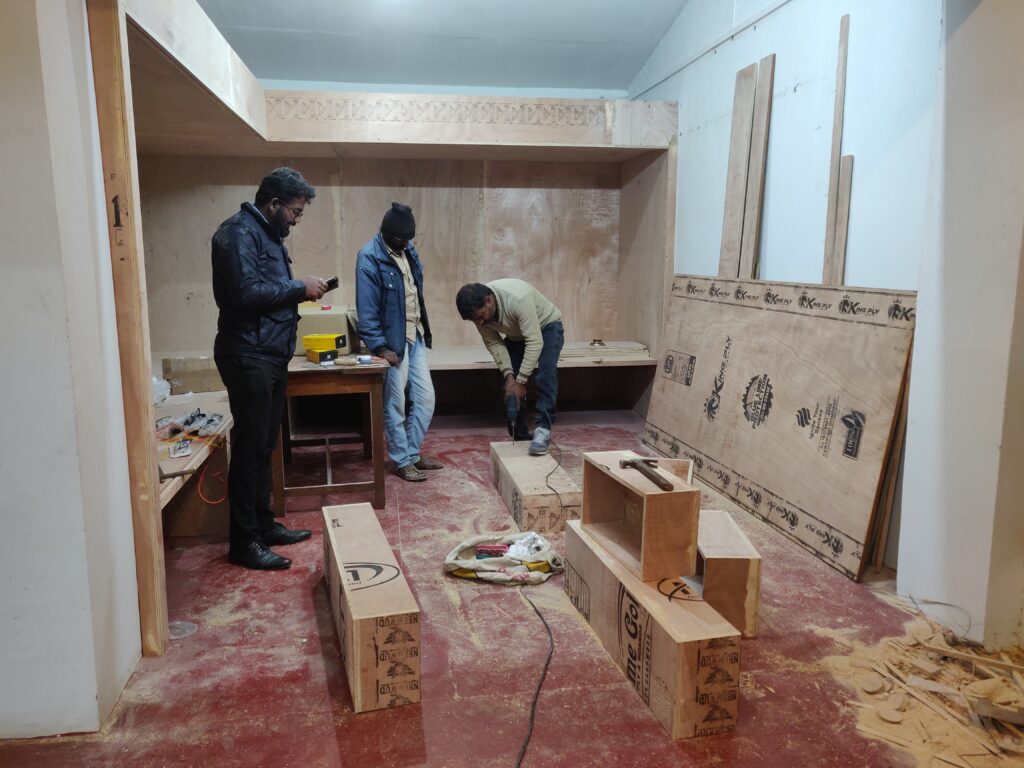
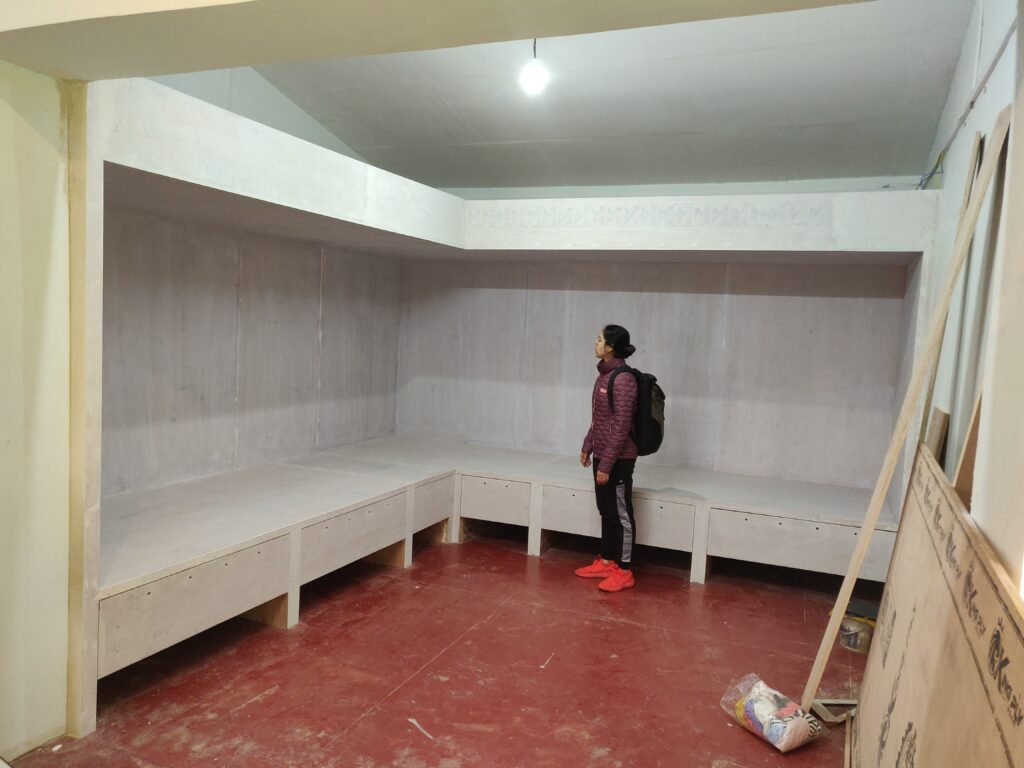

Within the cabinet, a thoughtful design was implemented to house all the intricate sensor systems and electronics, ingeniously placing them inside retractable drawers. This design ensured that these components remained easily accessible for maintenance, repairs, or calibration as needed, reflecting a commitment to the exhibit’s long-term functionality and reliability.
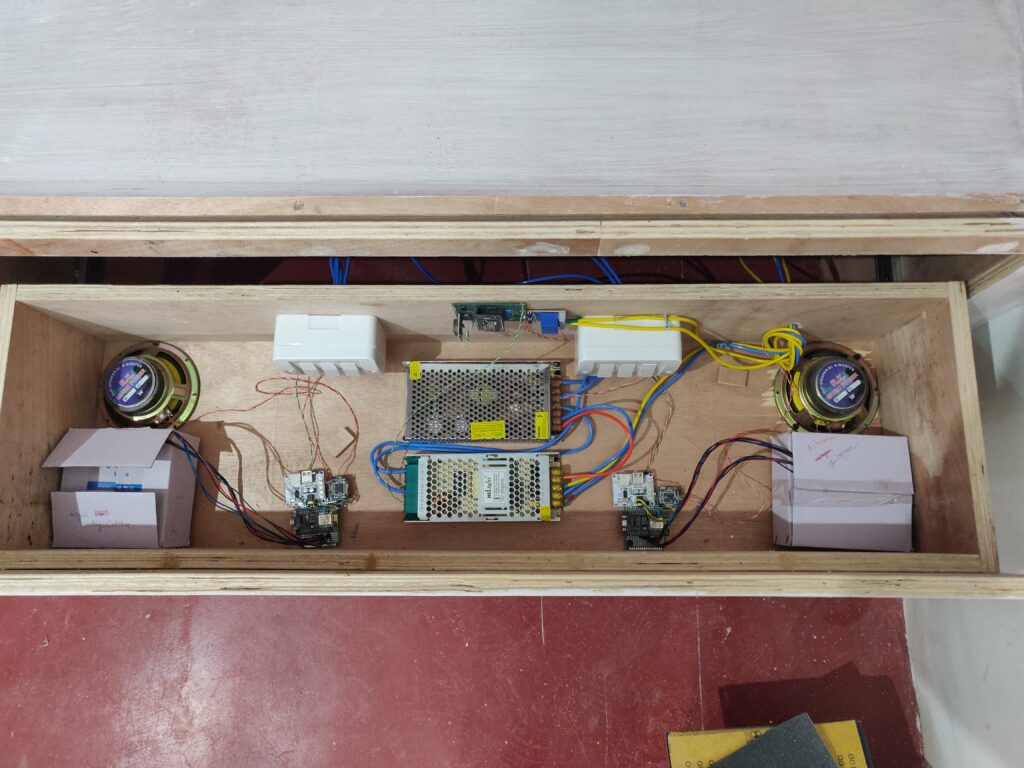
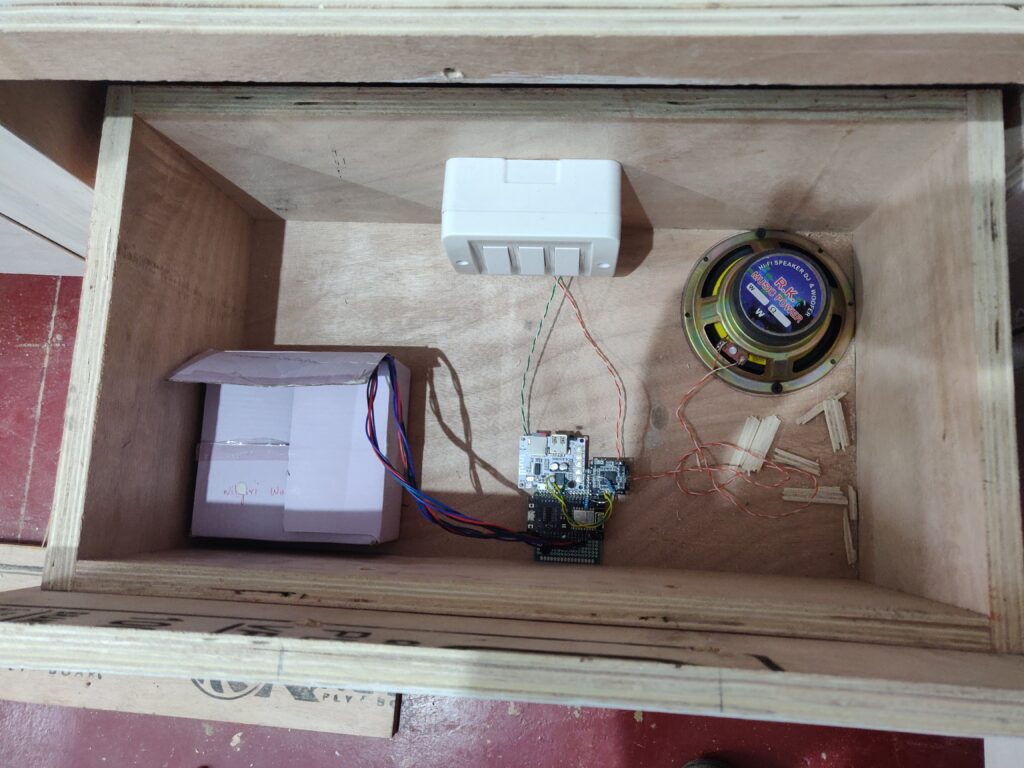
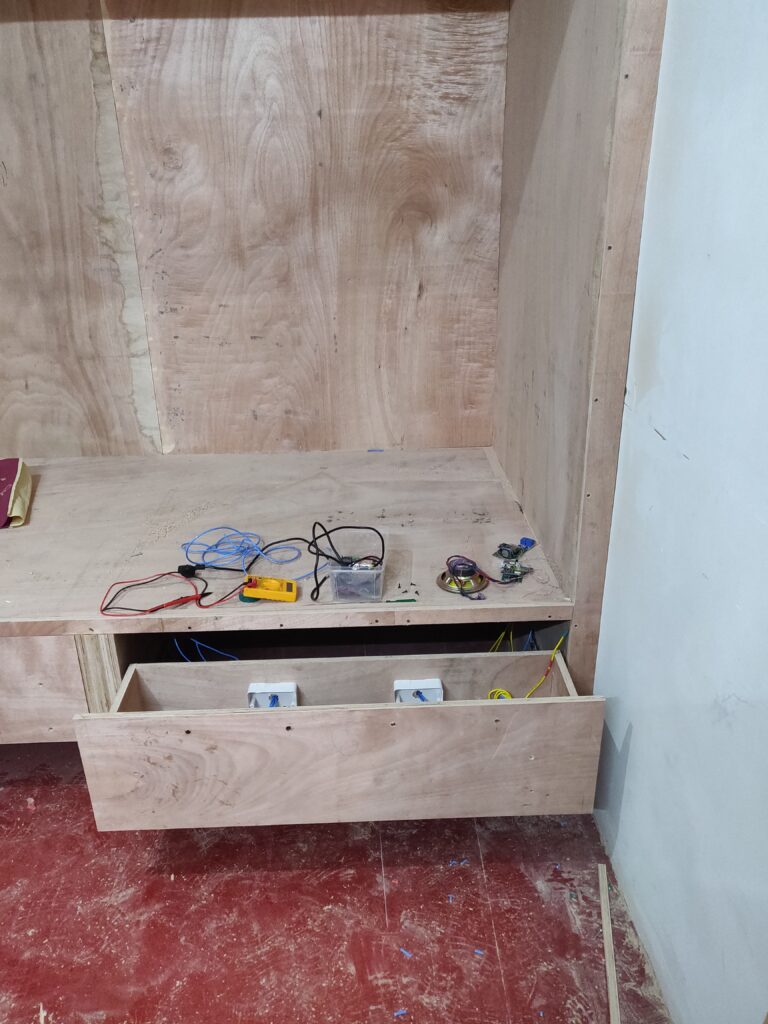
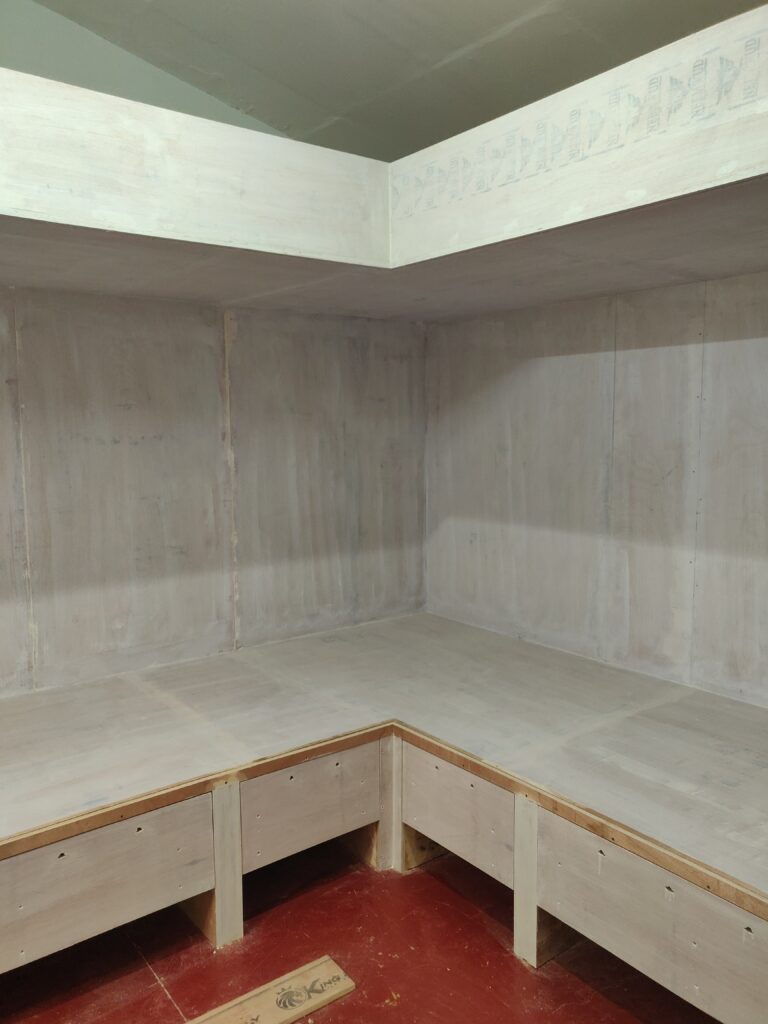
To safeguard the exhibition’s organic and paper-based decor from potential fungal and mould growth, a smart solution was devised. A timer circuit was seamlessly integrated into the system, facilitating the automatic activation of multiple UV lights within the cabinet during nighttime hours. These UV lights effectively disinfected both the air and surfaces within the cabinet, a crucial measure for maintaining the integrity of the display. This automated system ensured that the UV lights were turned on and off at scheduled intervals each night, offering consistent protection without manual intervention, thus preserving the exhibit’s organic and paper materials.
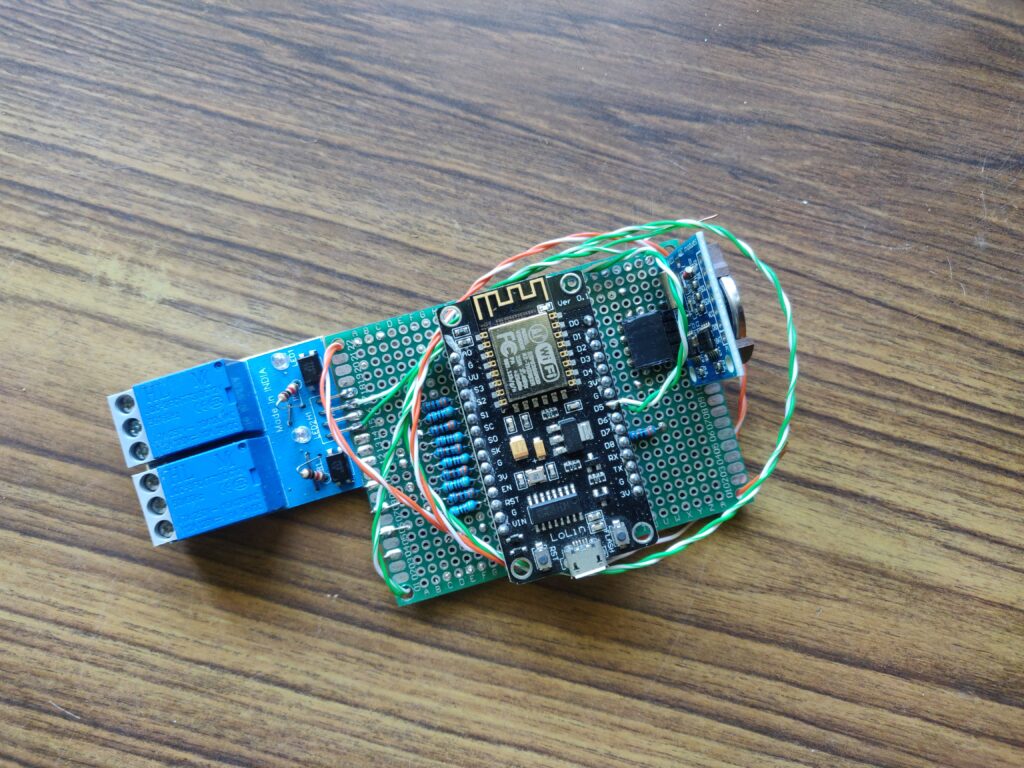
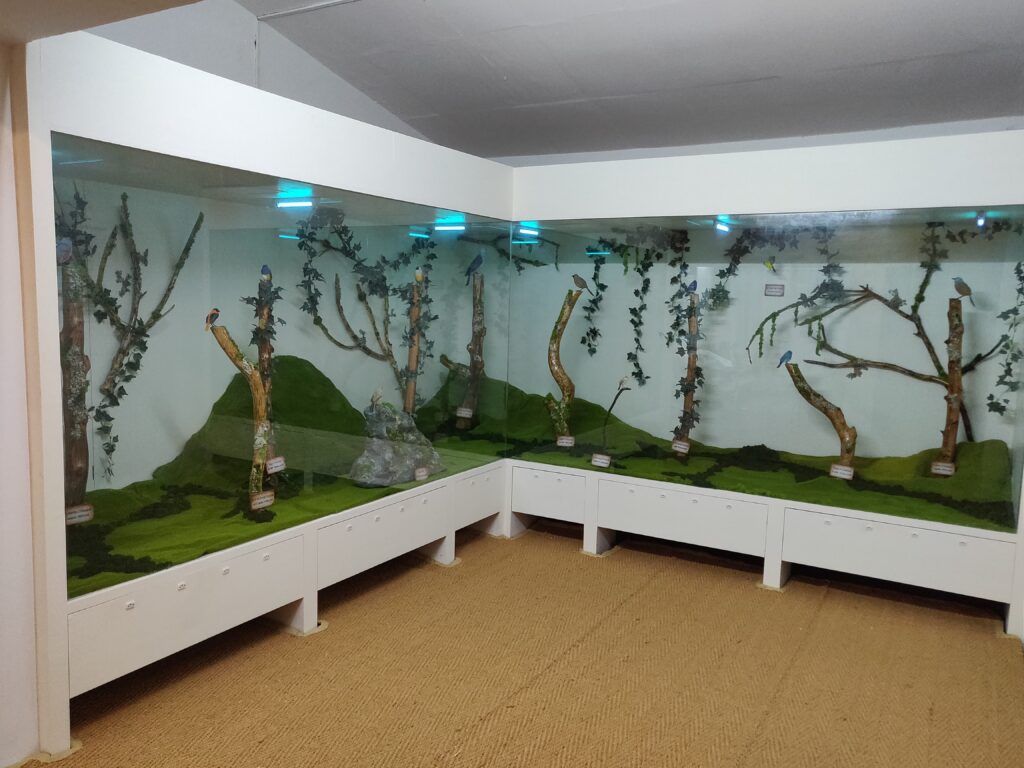
Phase 4: Final Testing
Phase 5: Inauguration
Two National Geographic delegates hailing from New York paid a visit to our project, and their admiration for our endeavours was palpable. They expressed genuine appreciation for the crafted bird sculptures, the captivating animation movie, and the interactive sensor system that brought the bird sounds to life.
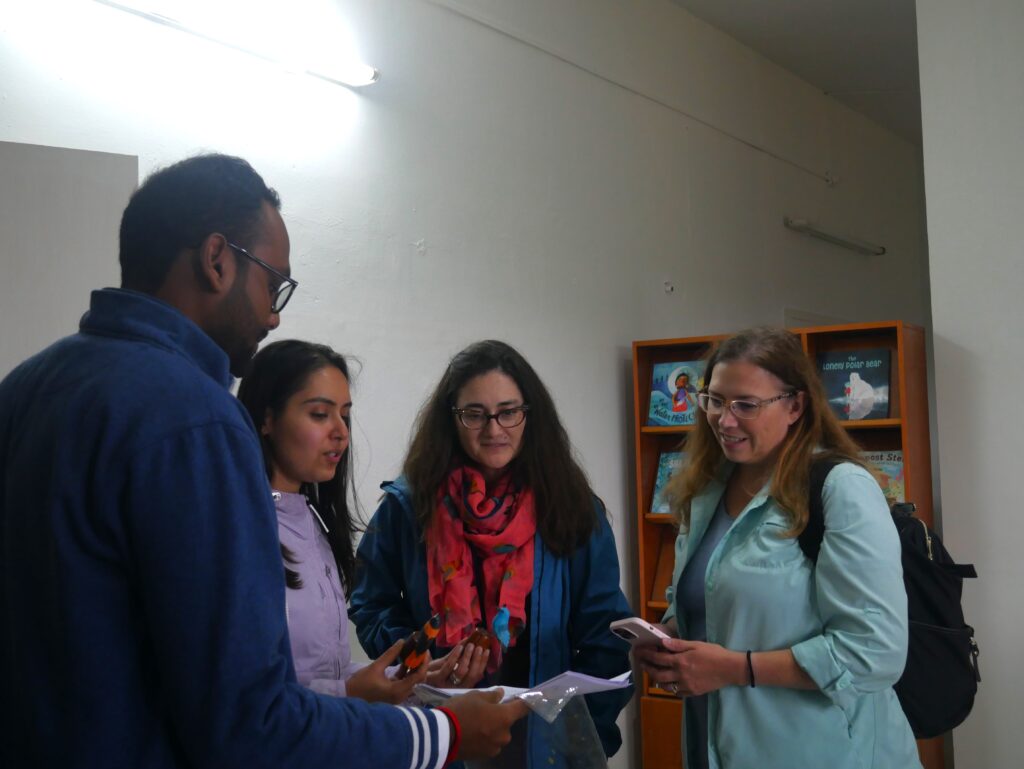
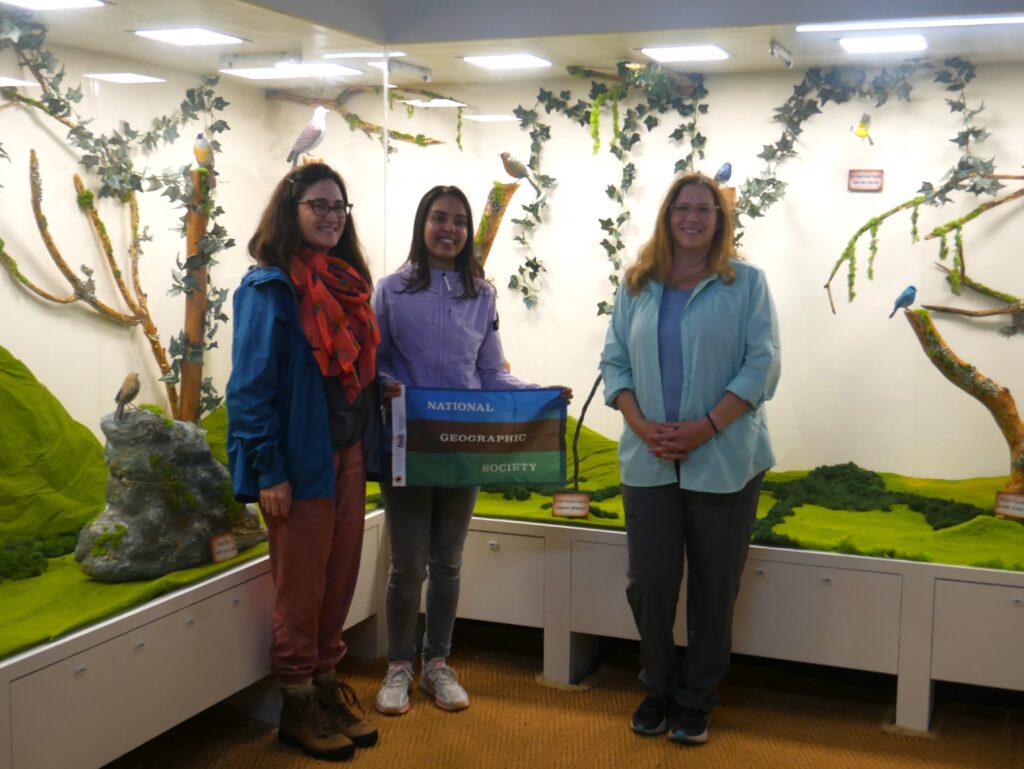
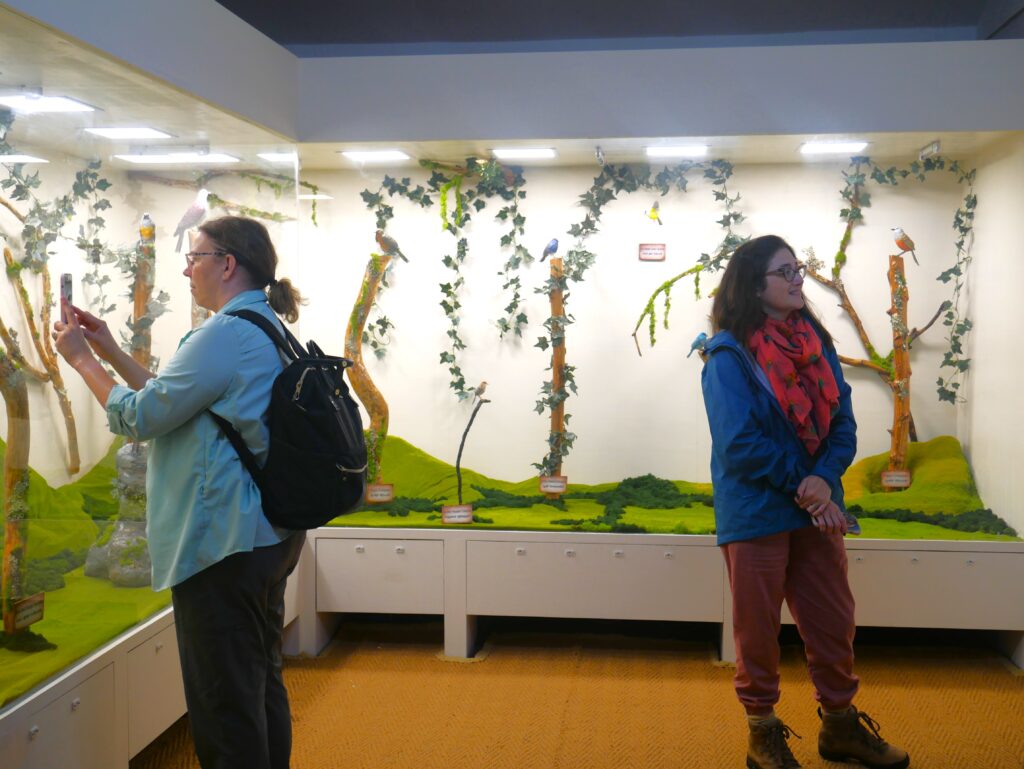
An inaugural ceremony was organized, graced by the presence of delegates from the local forest department, who officiated the opening of the exhibit. The event drew a substantial number of visitors, including local school students who eagerly explored the exhibition and deepened their understanding of endangered birds. The occasion was marked by a formal ceremony that included felicitations and an informative project presentation.
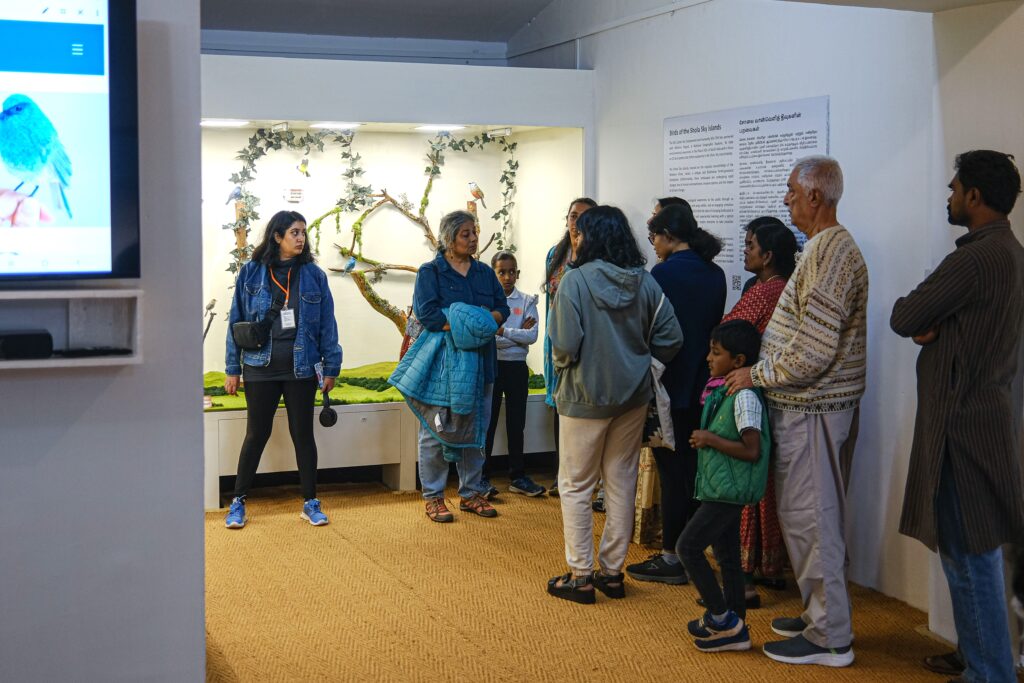
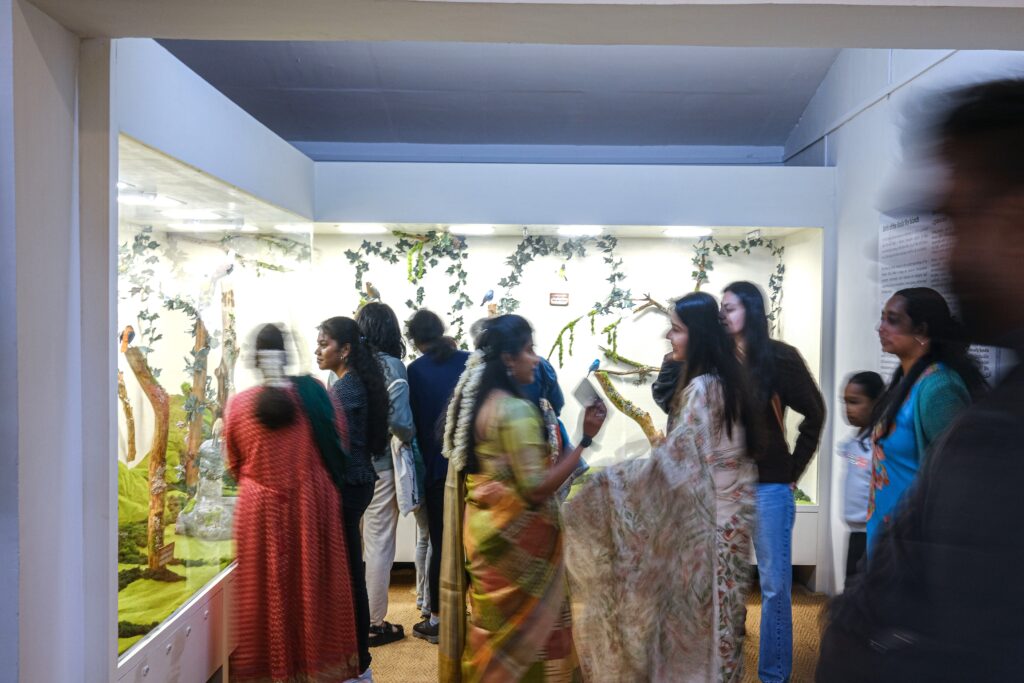
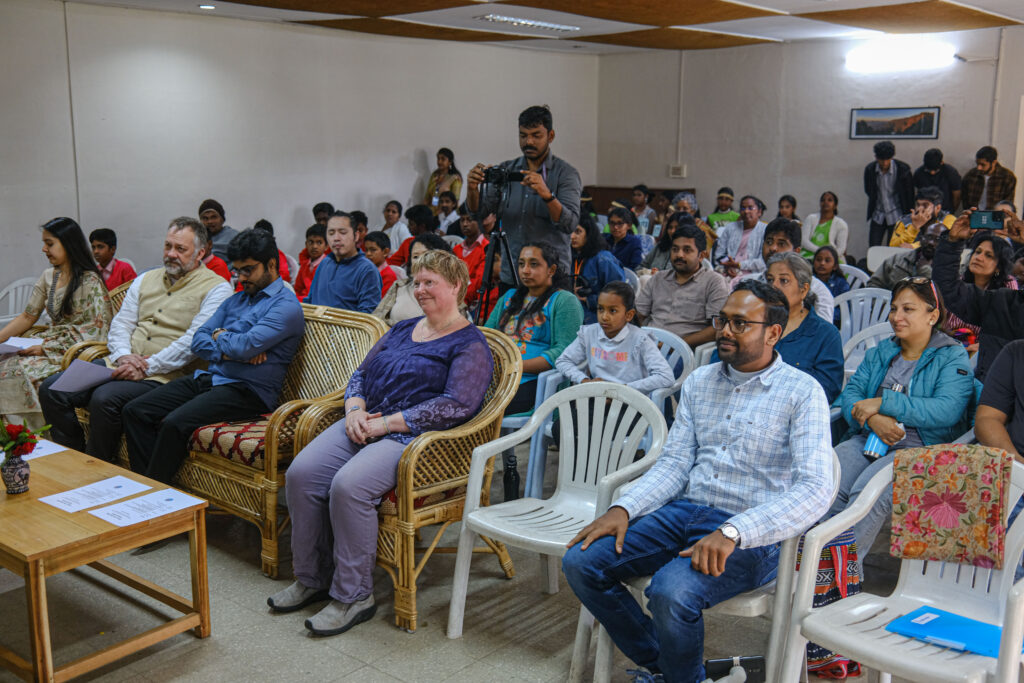
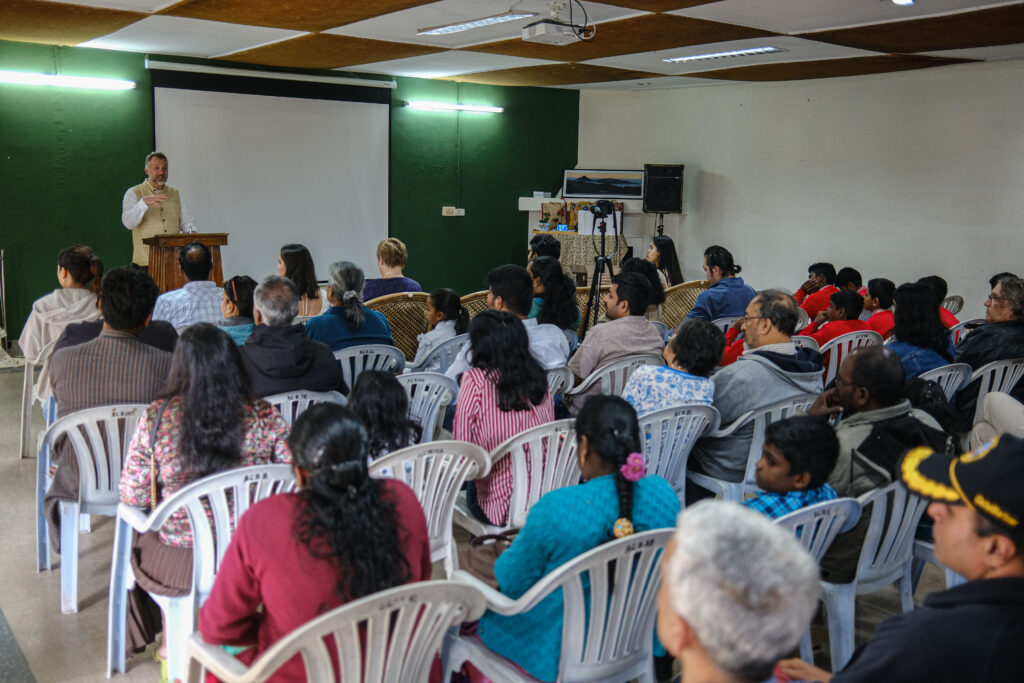
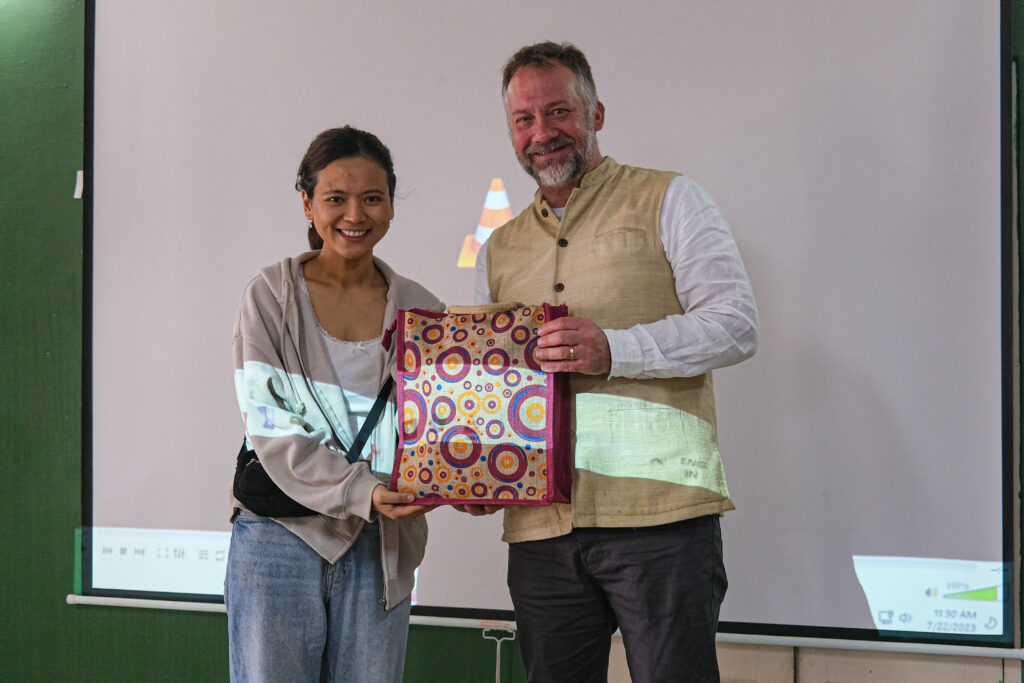
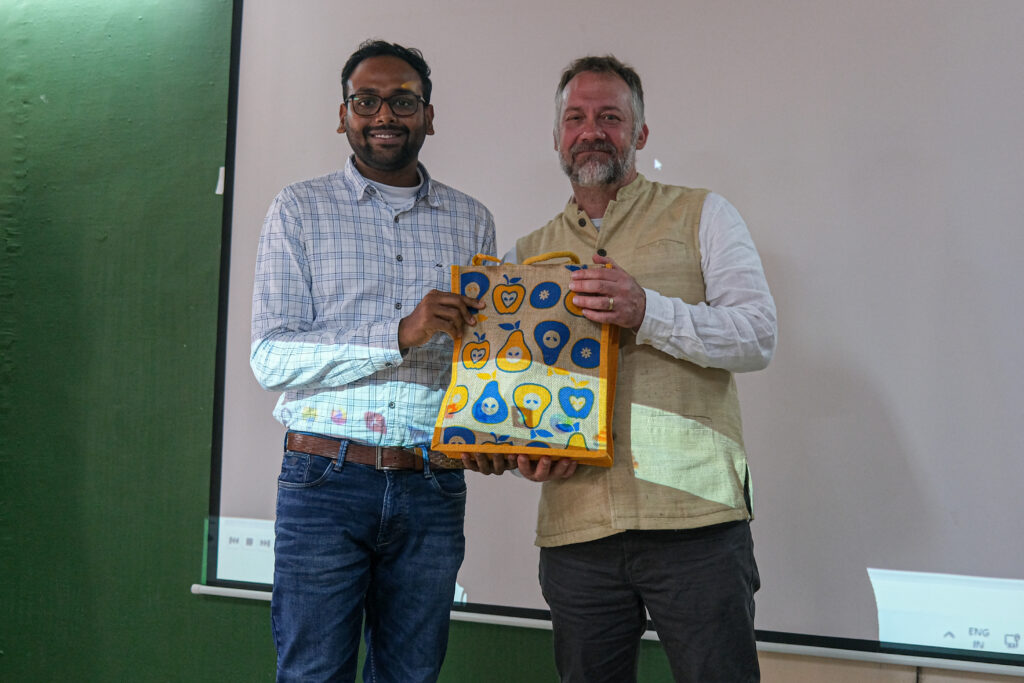
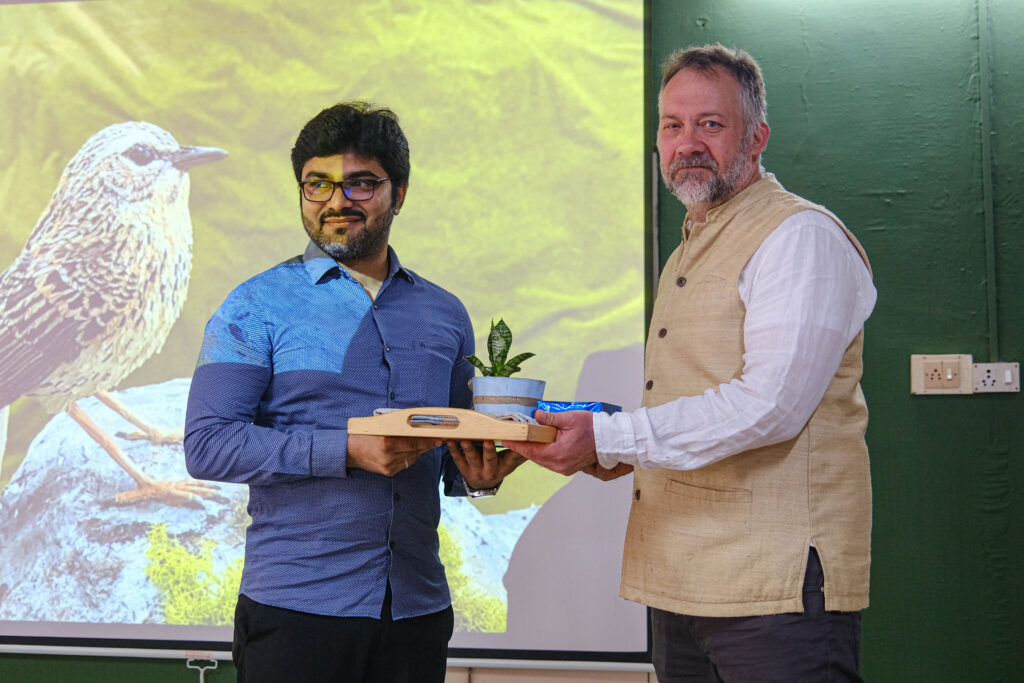
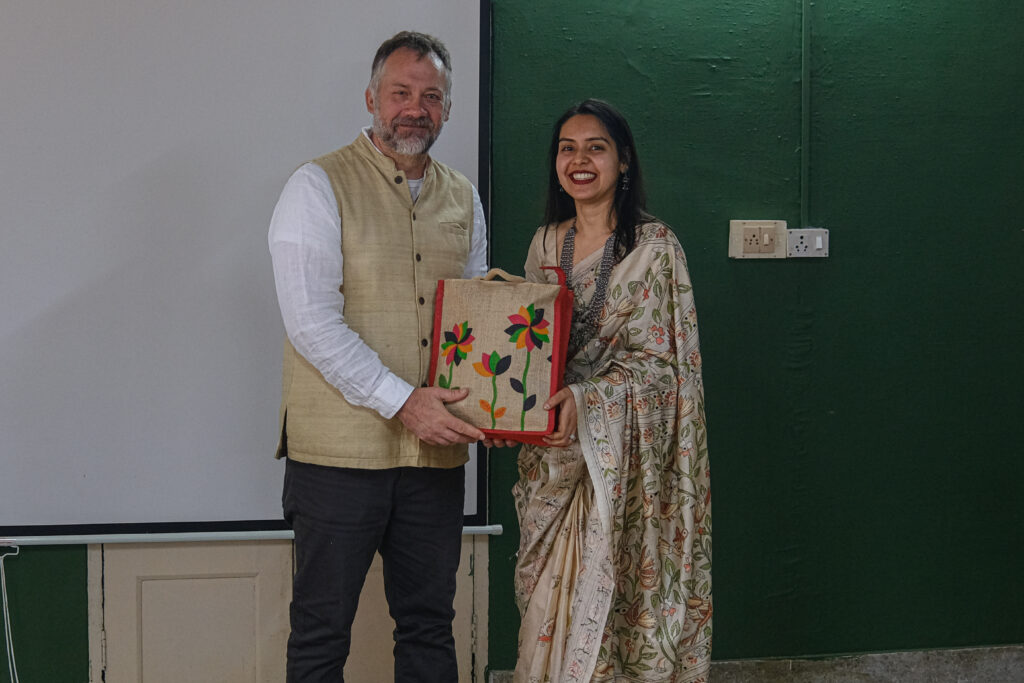
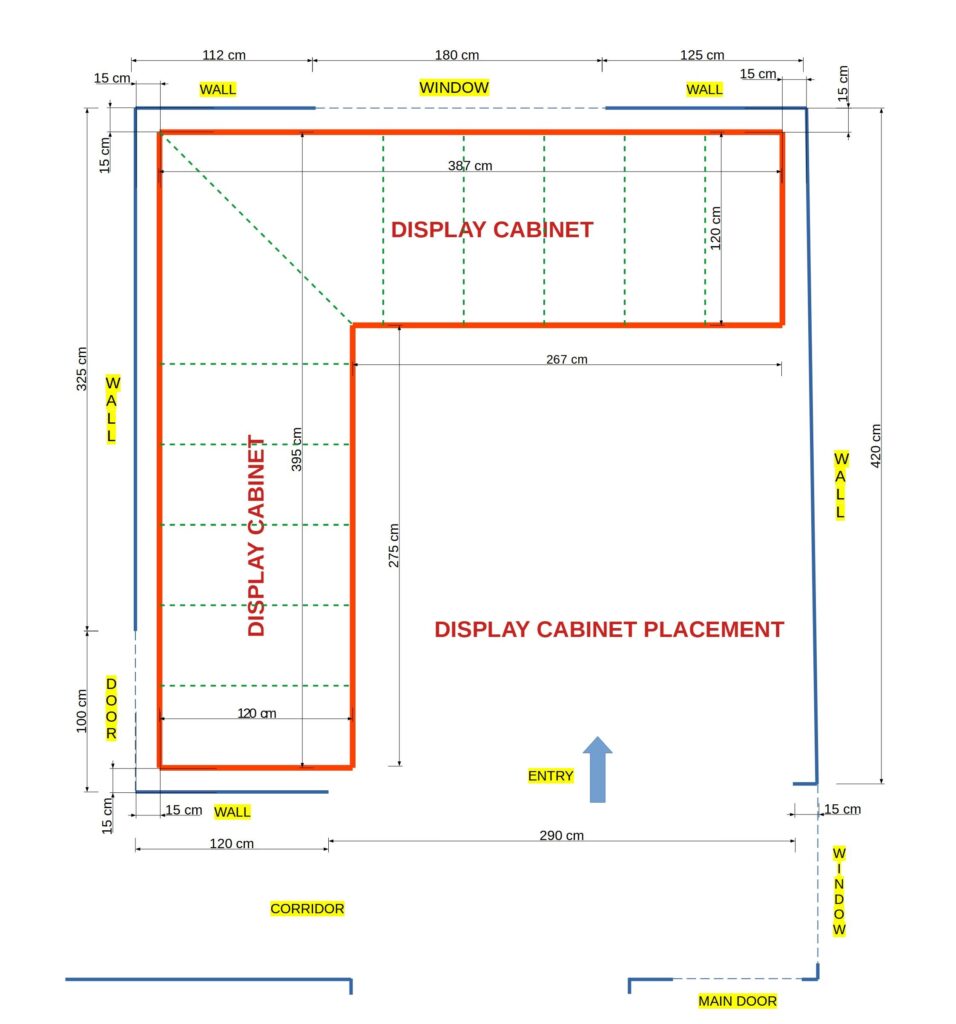
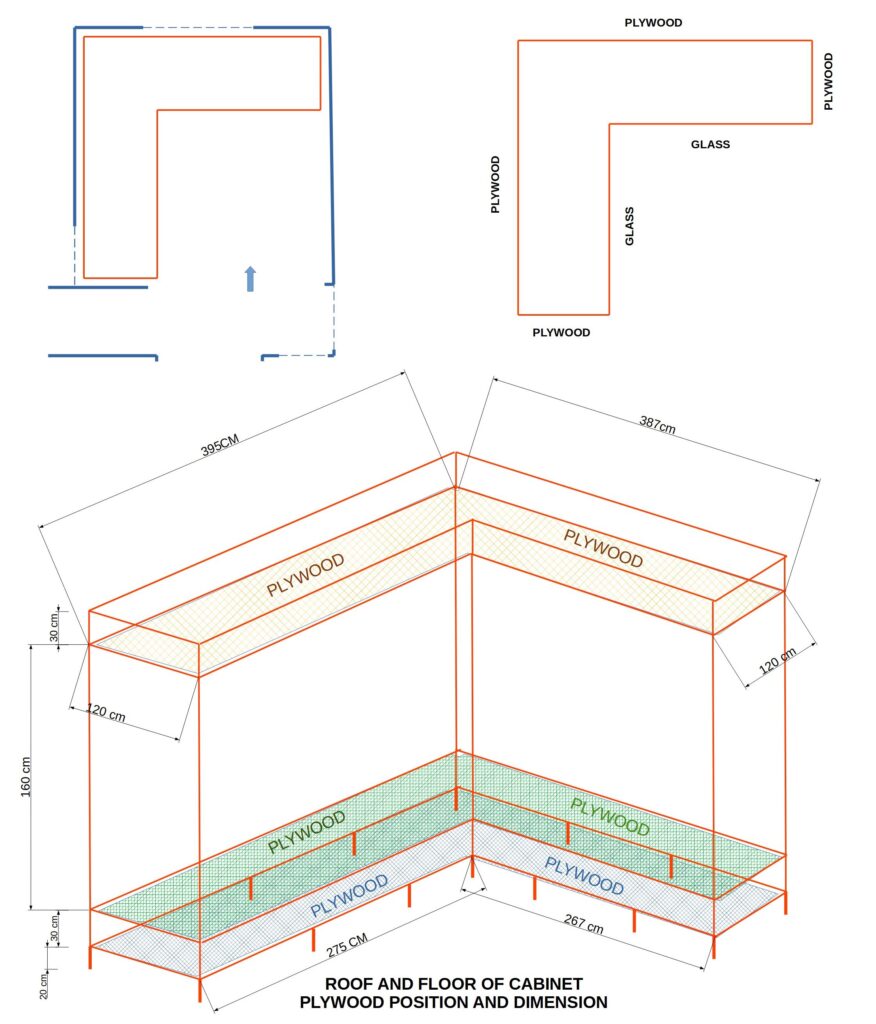
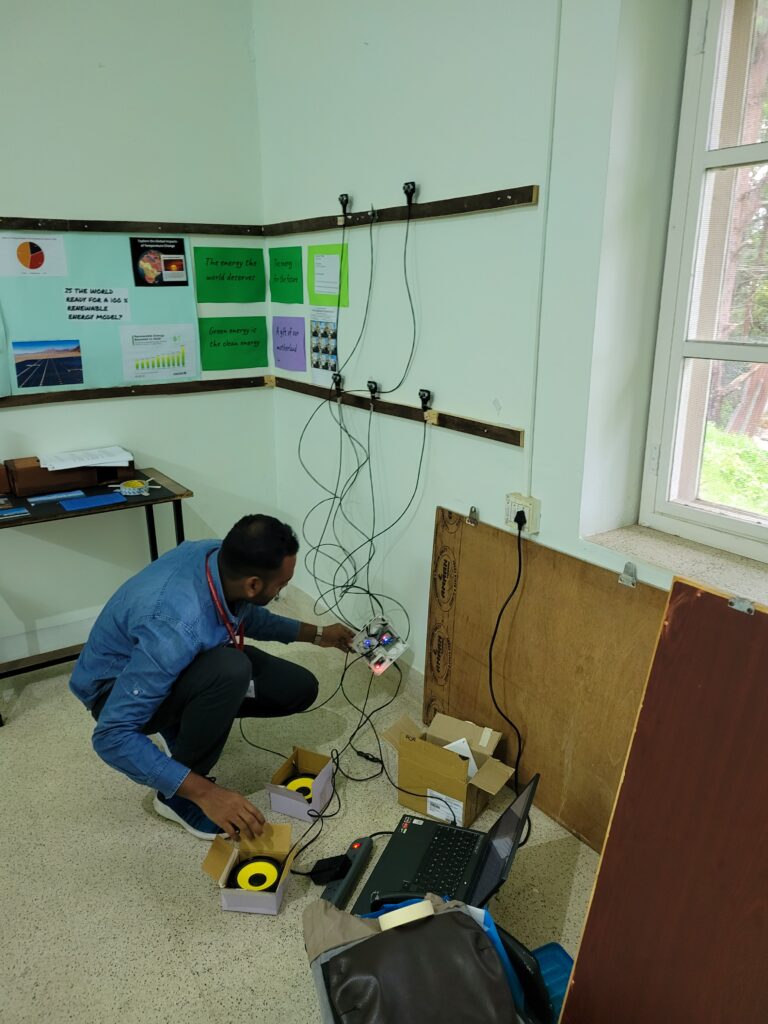
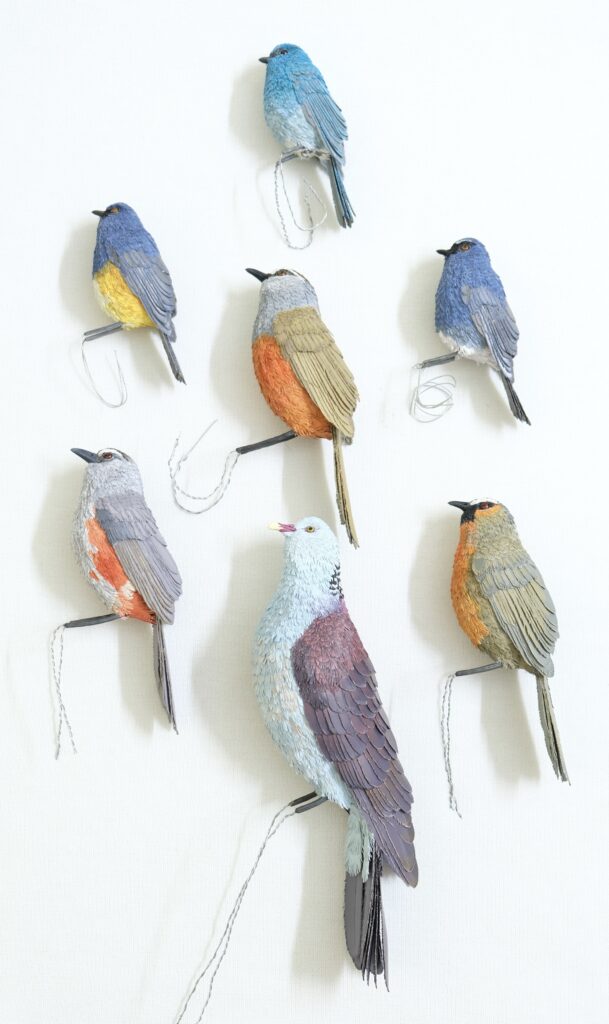
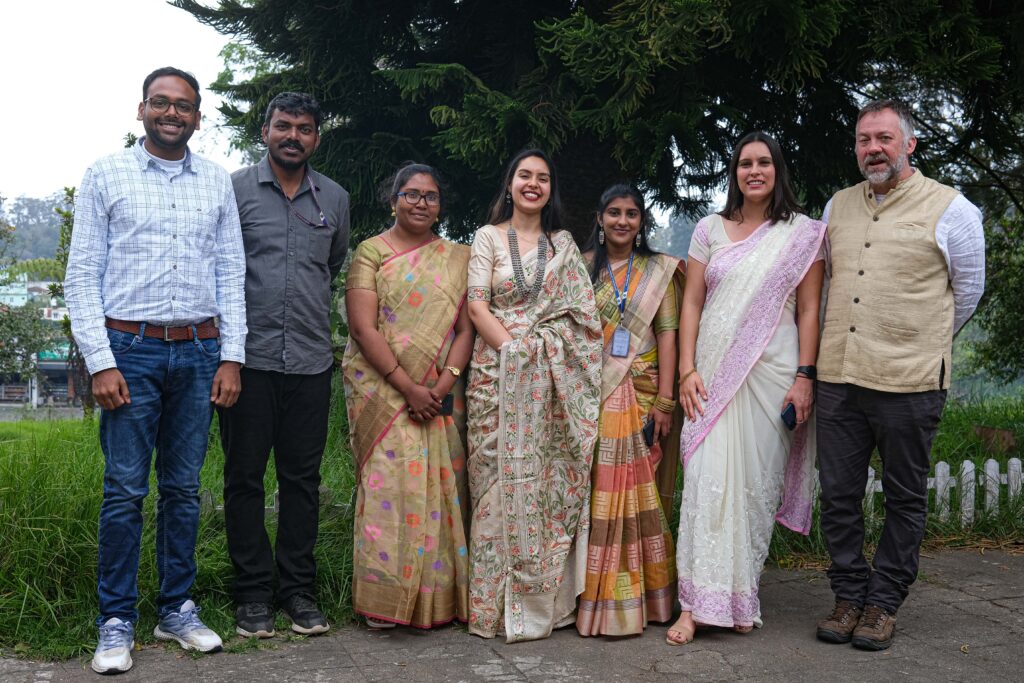
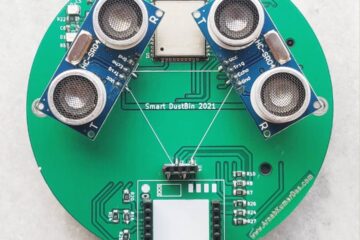
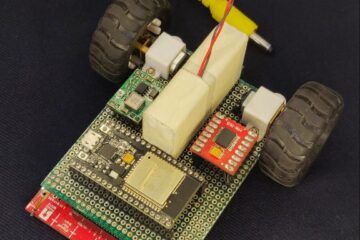
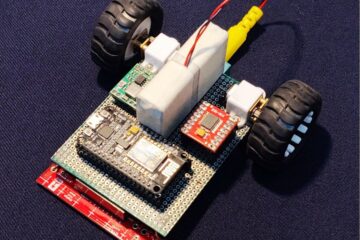
0 Comments